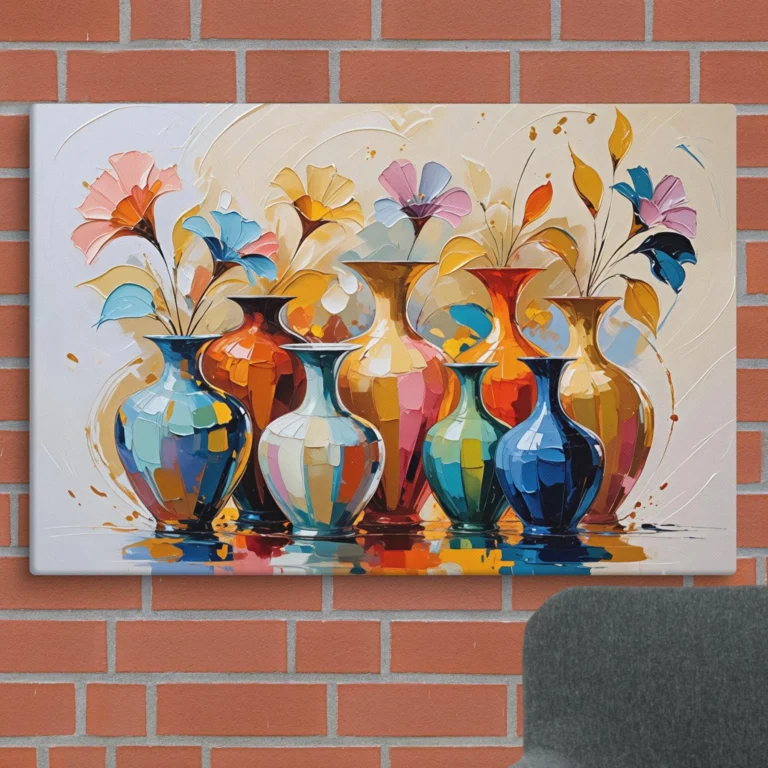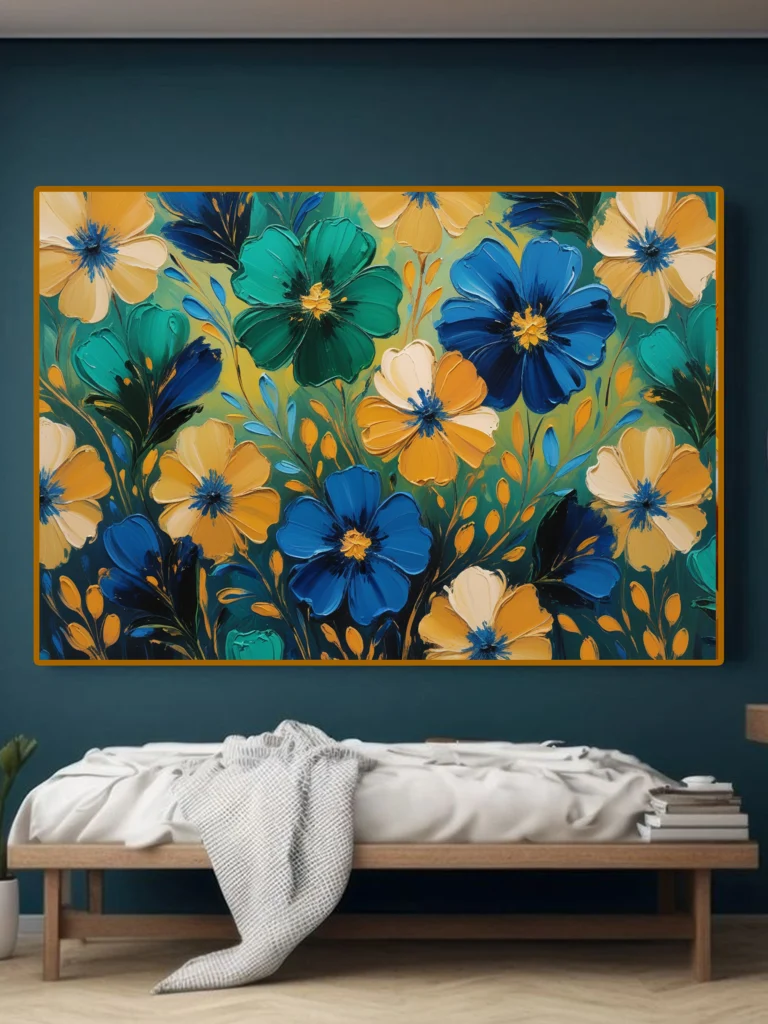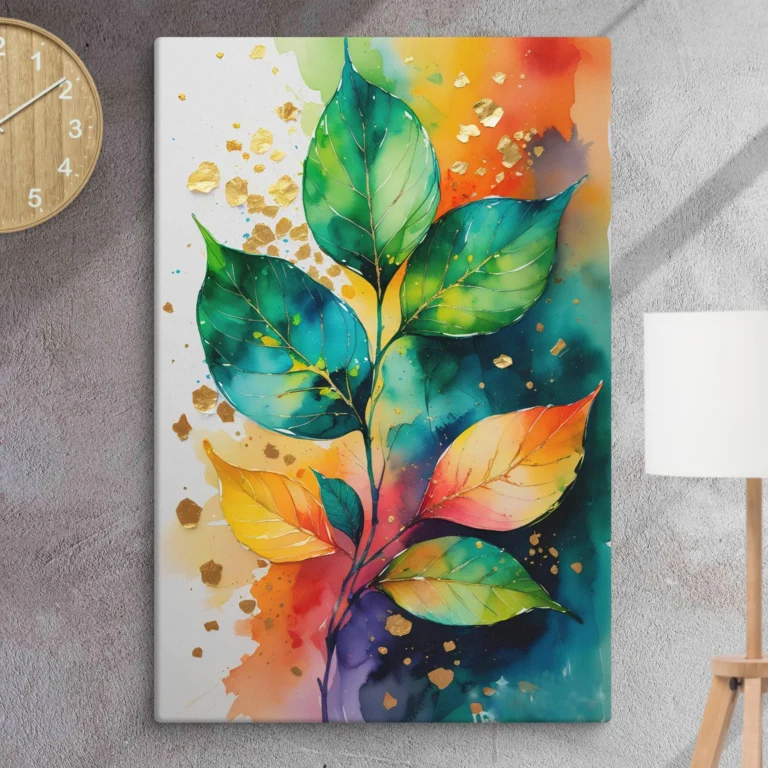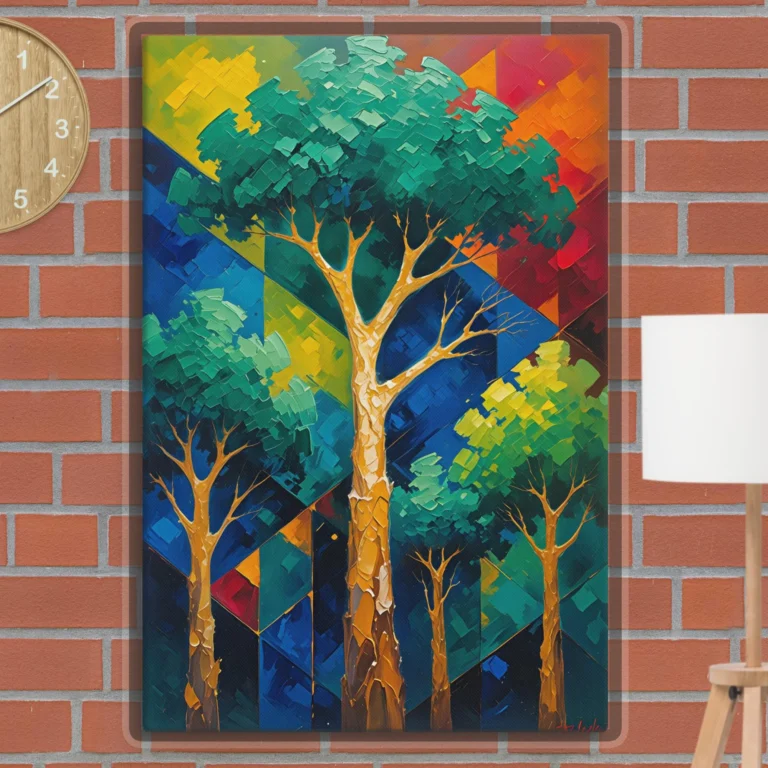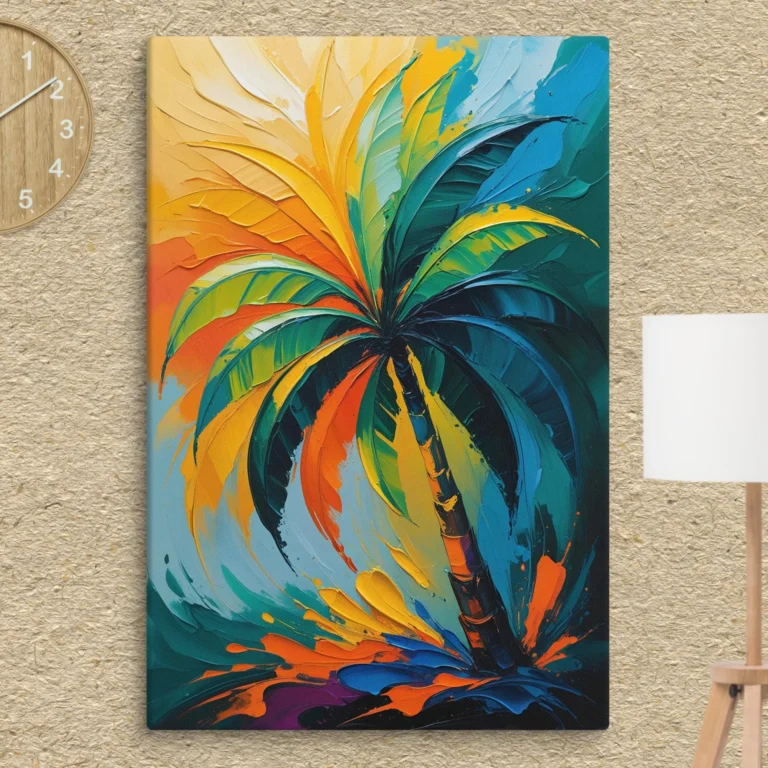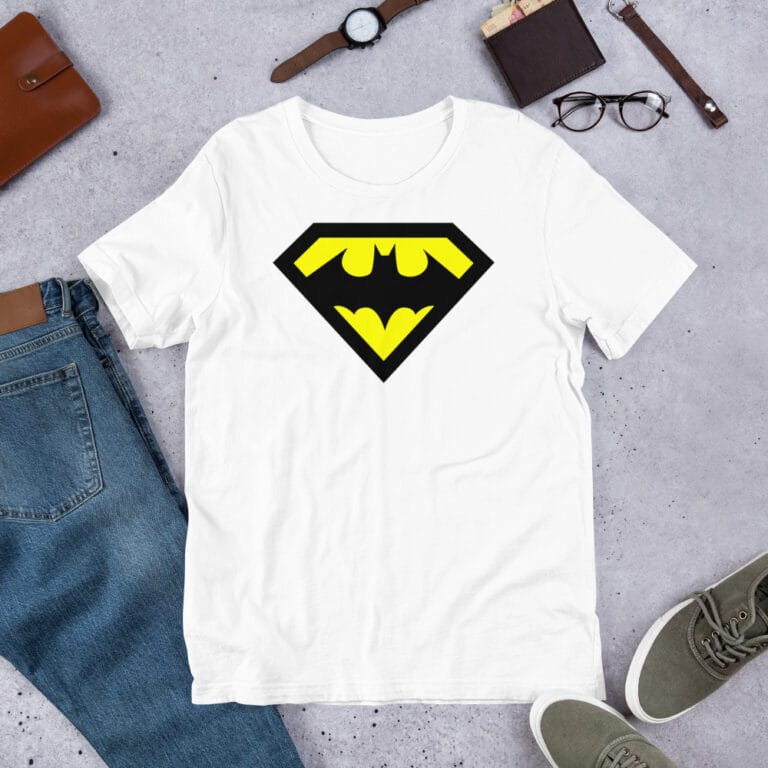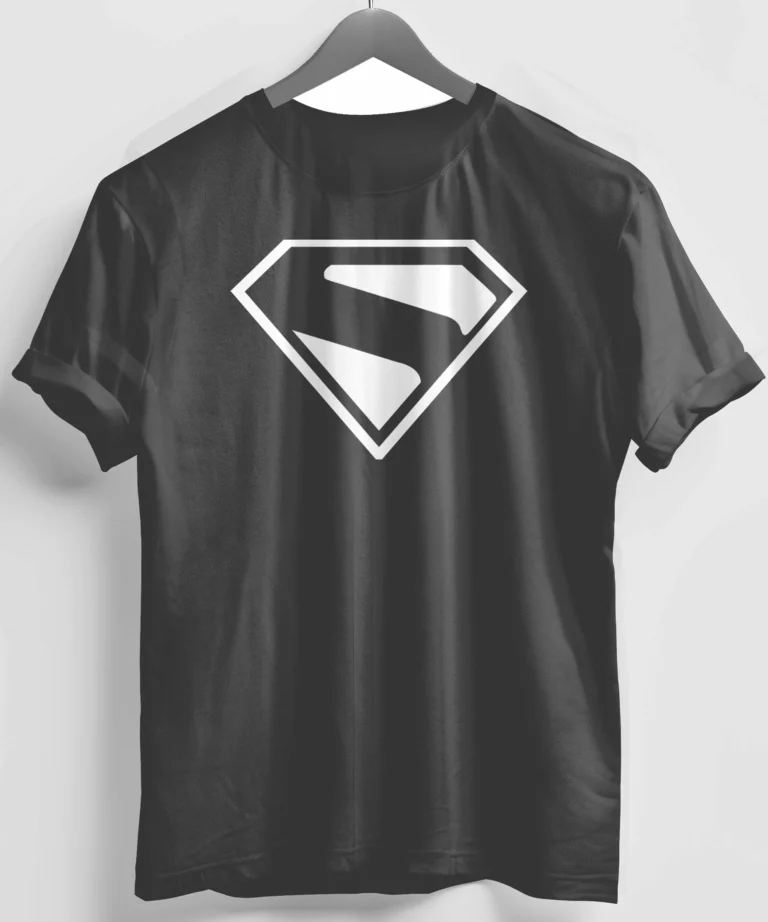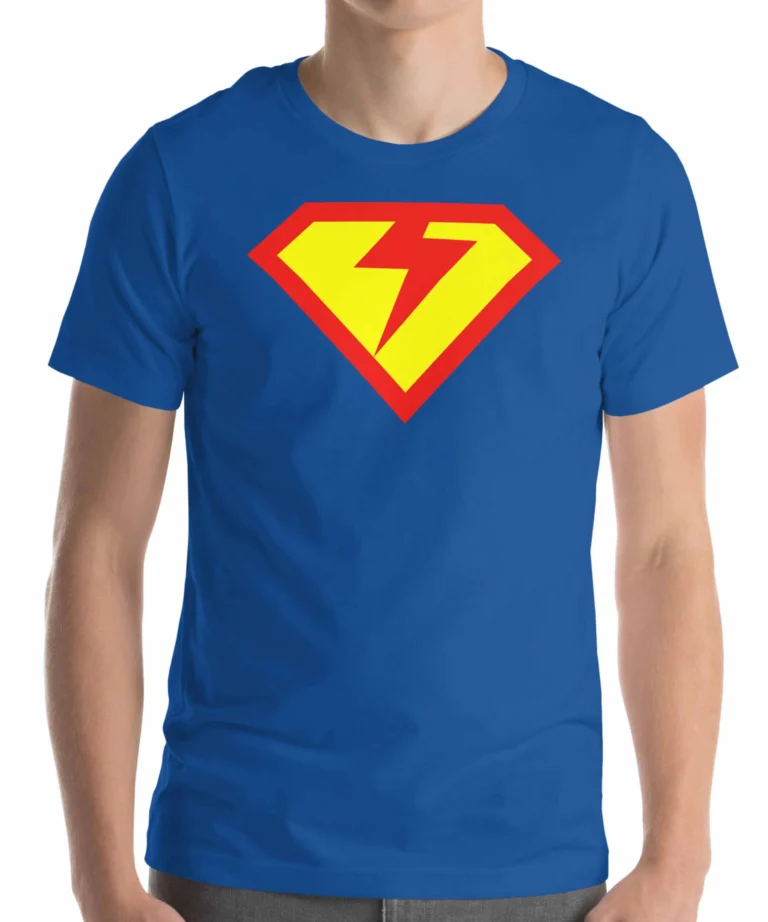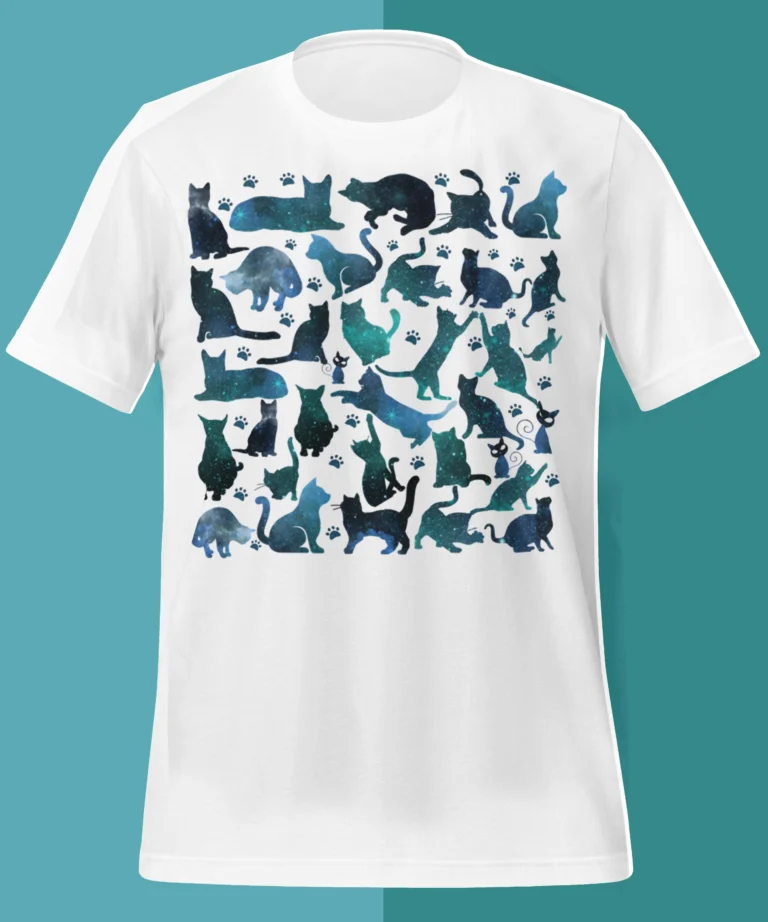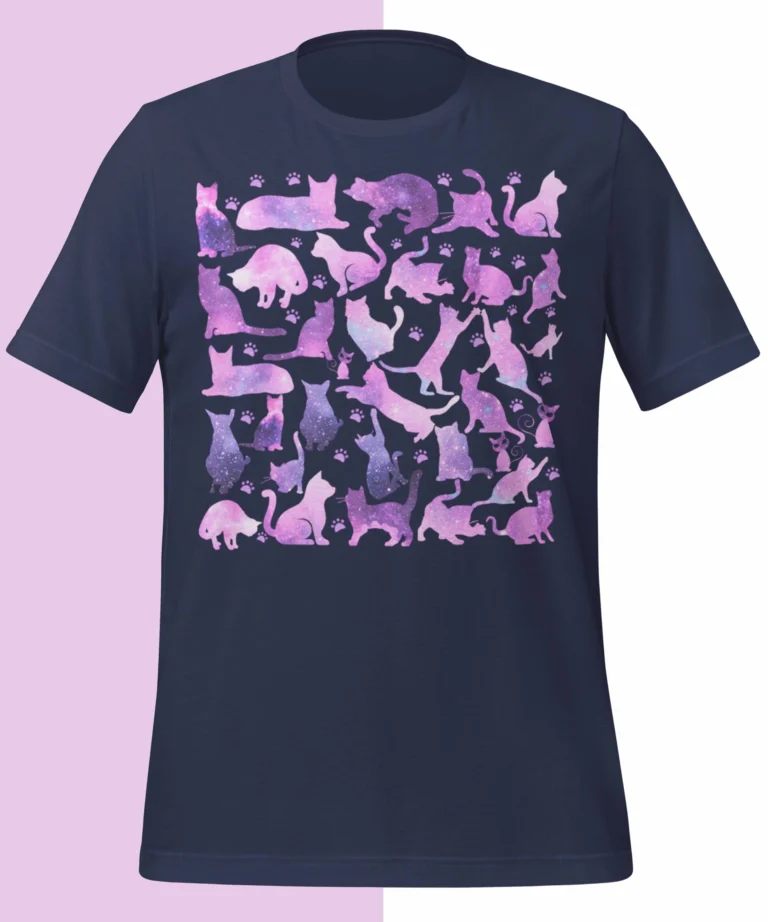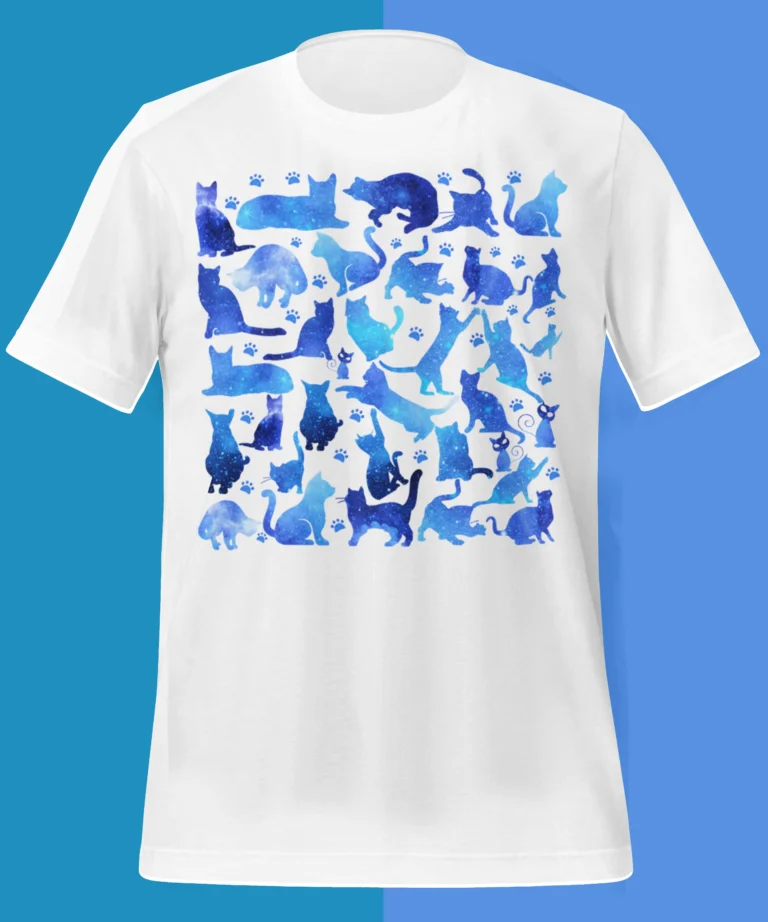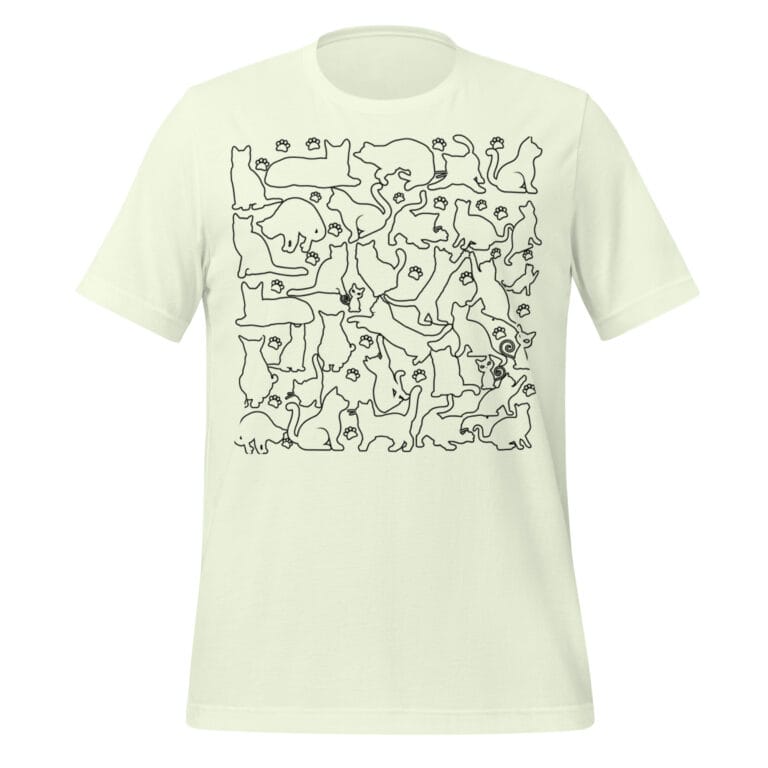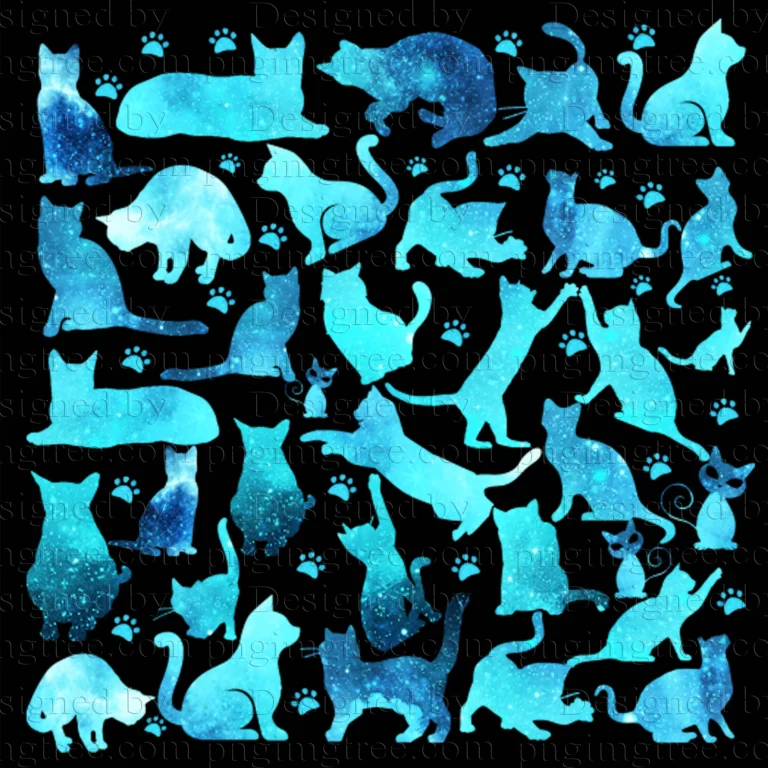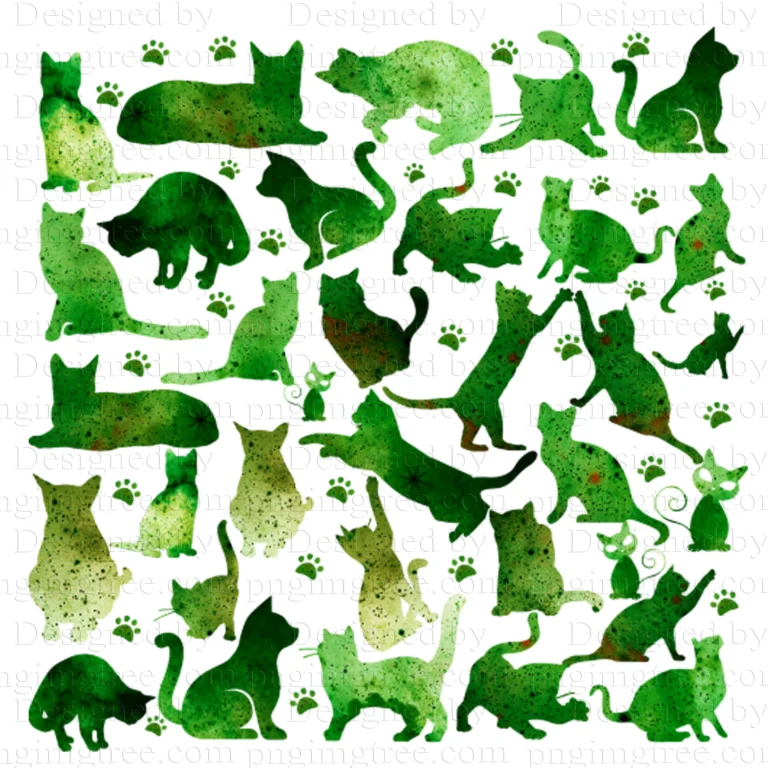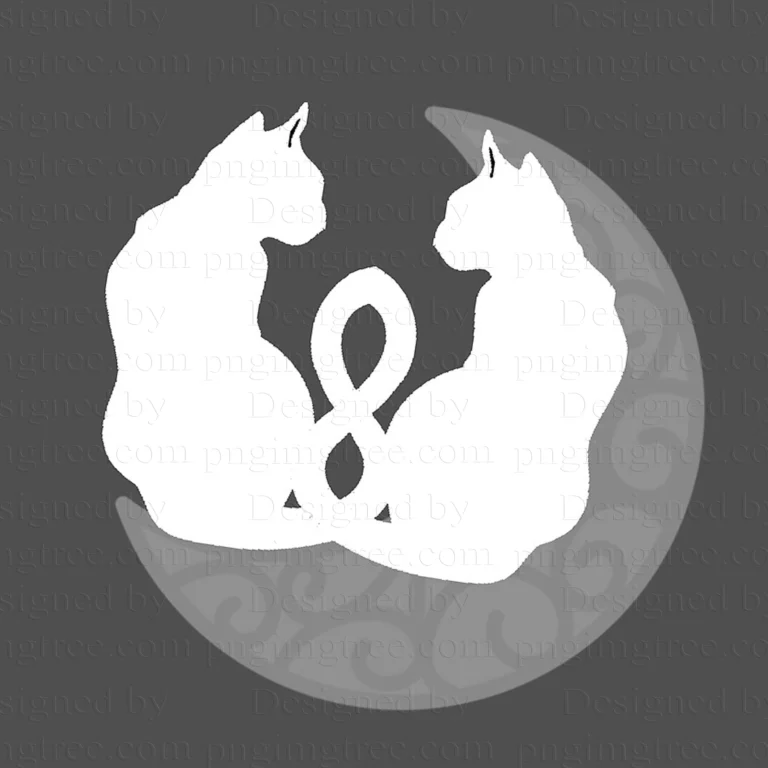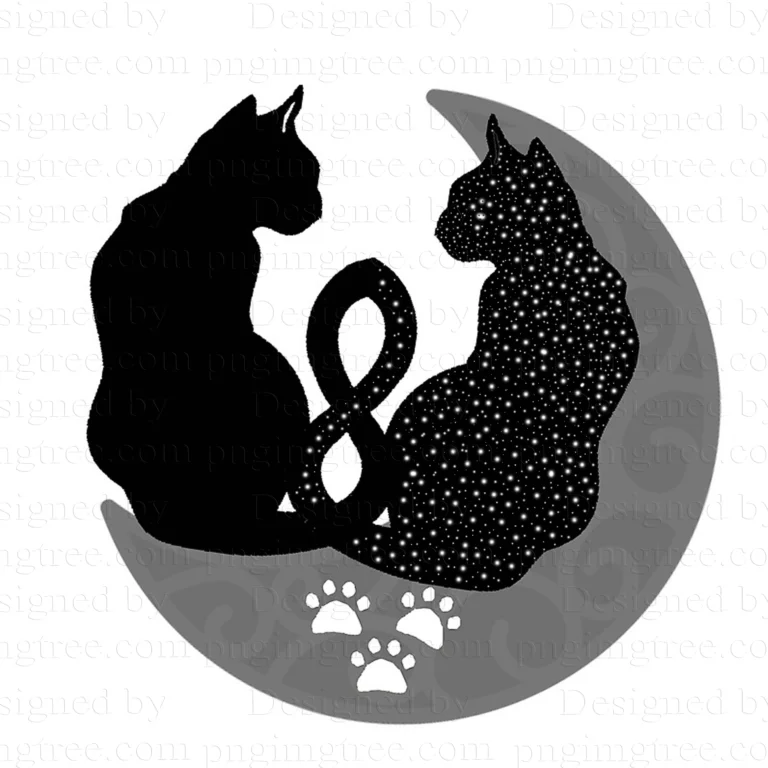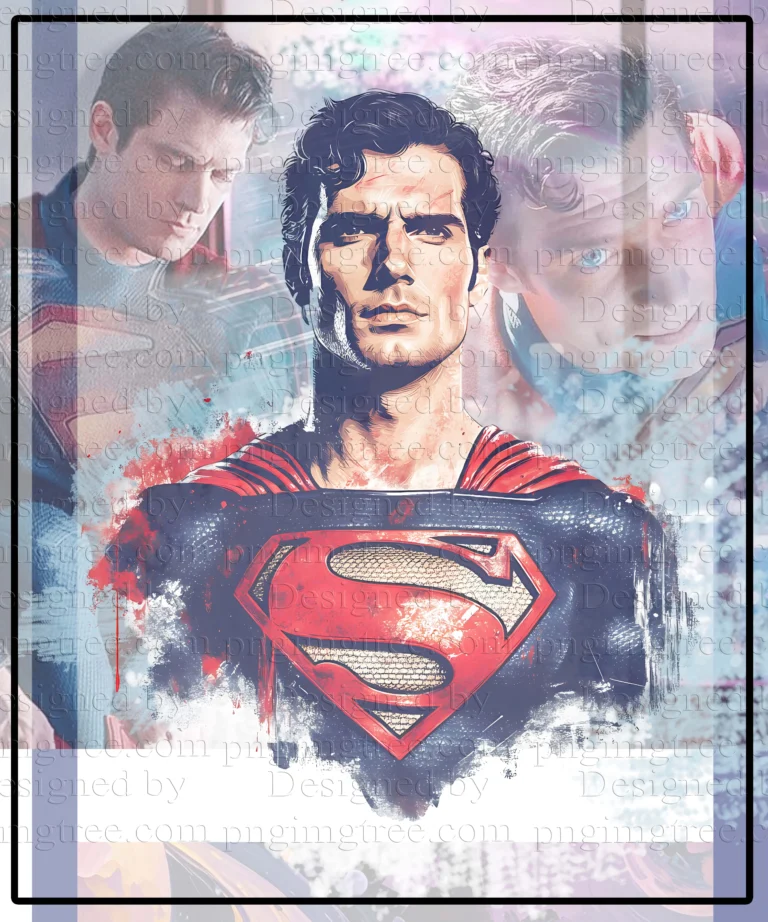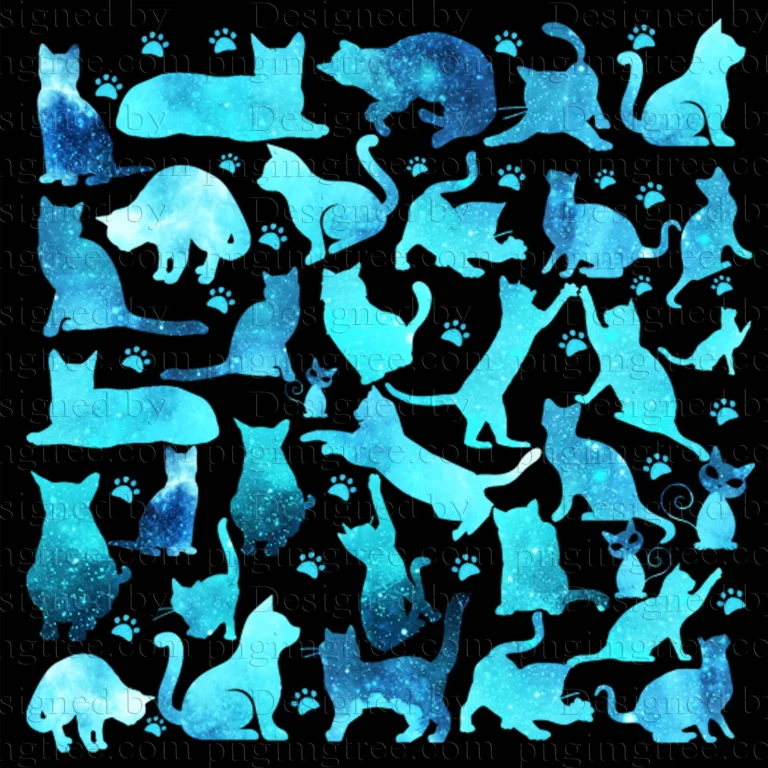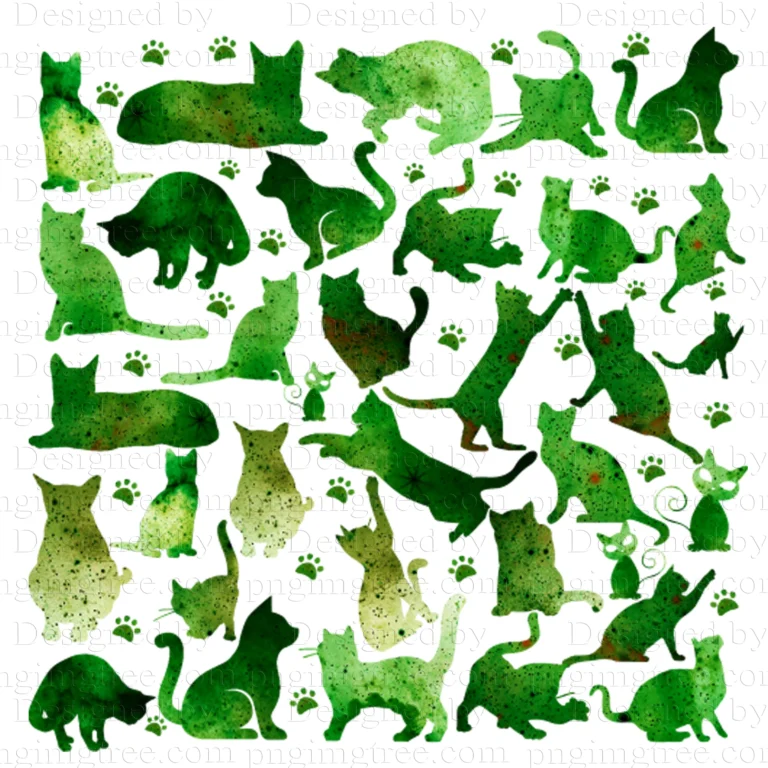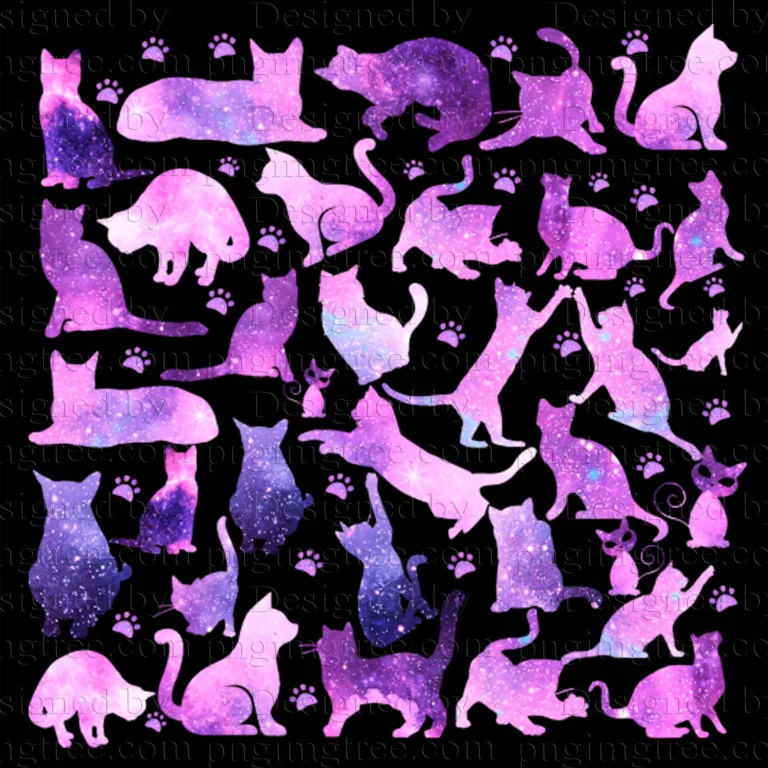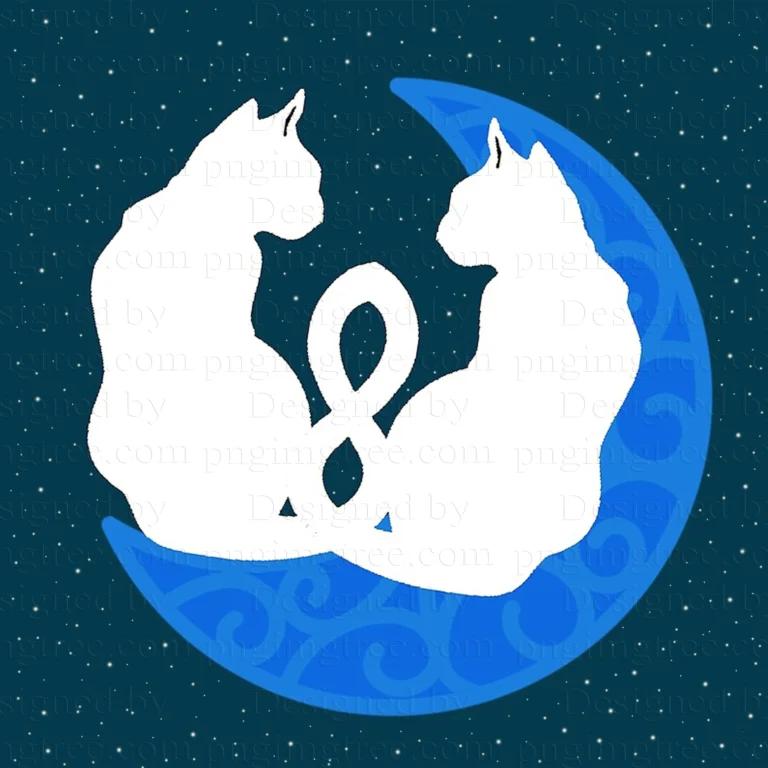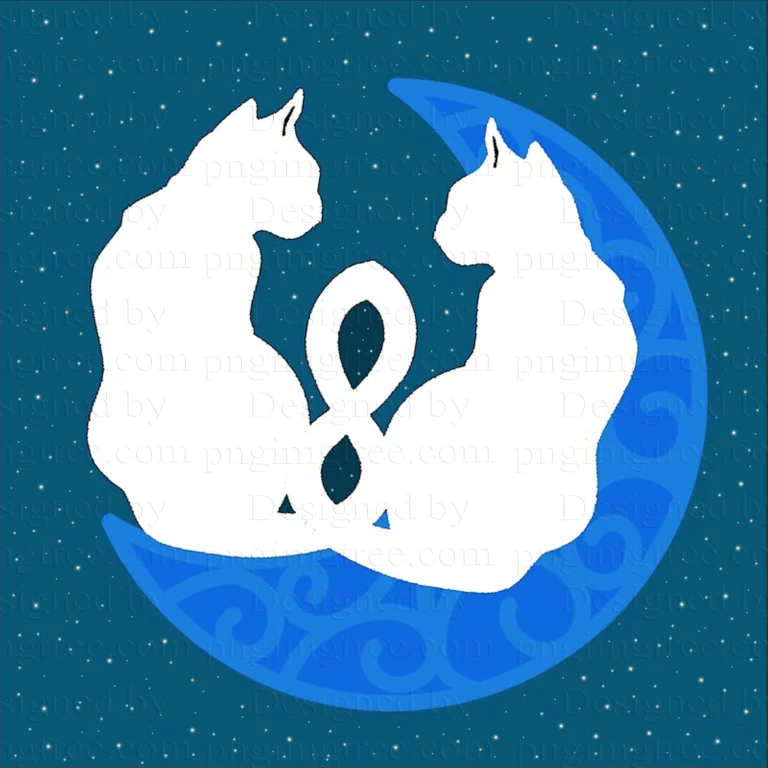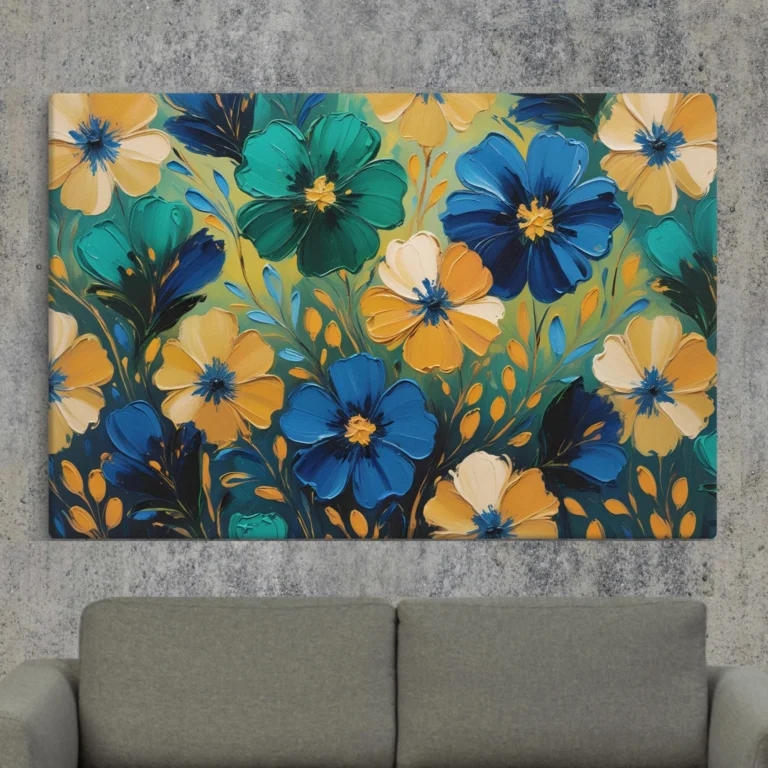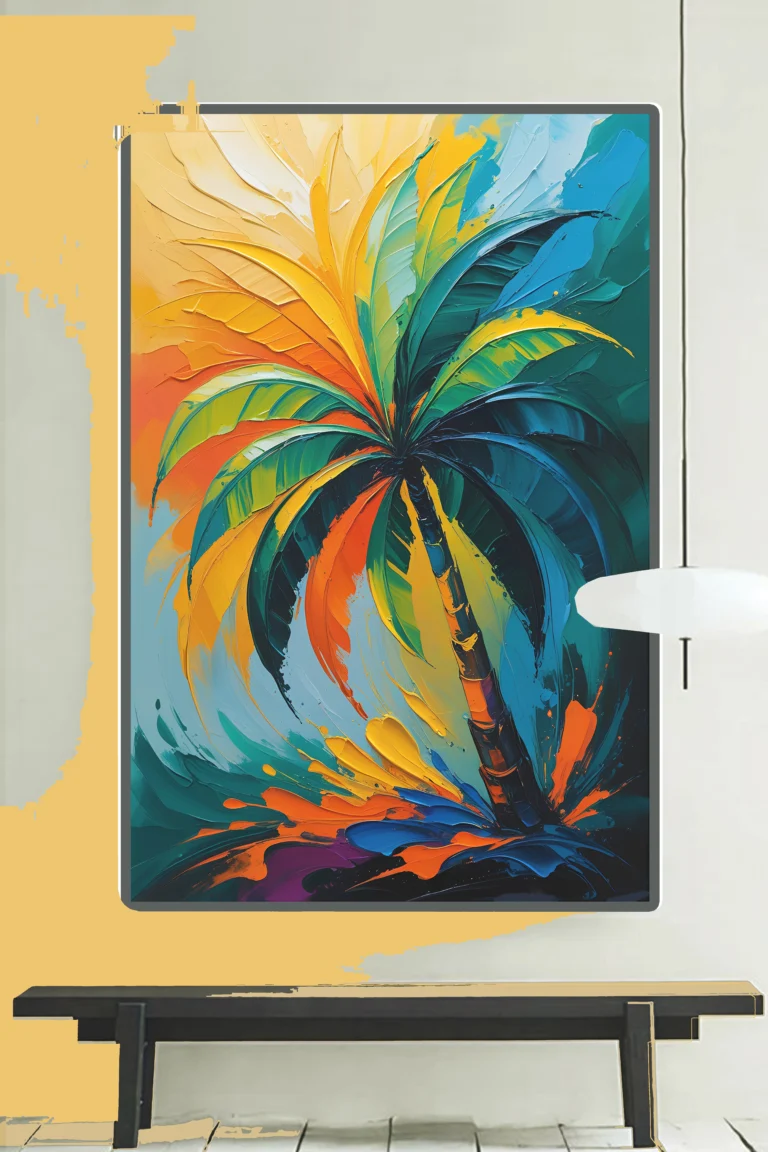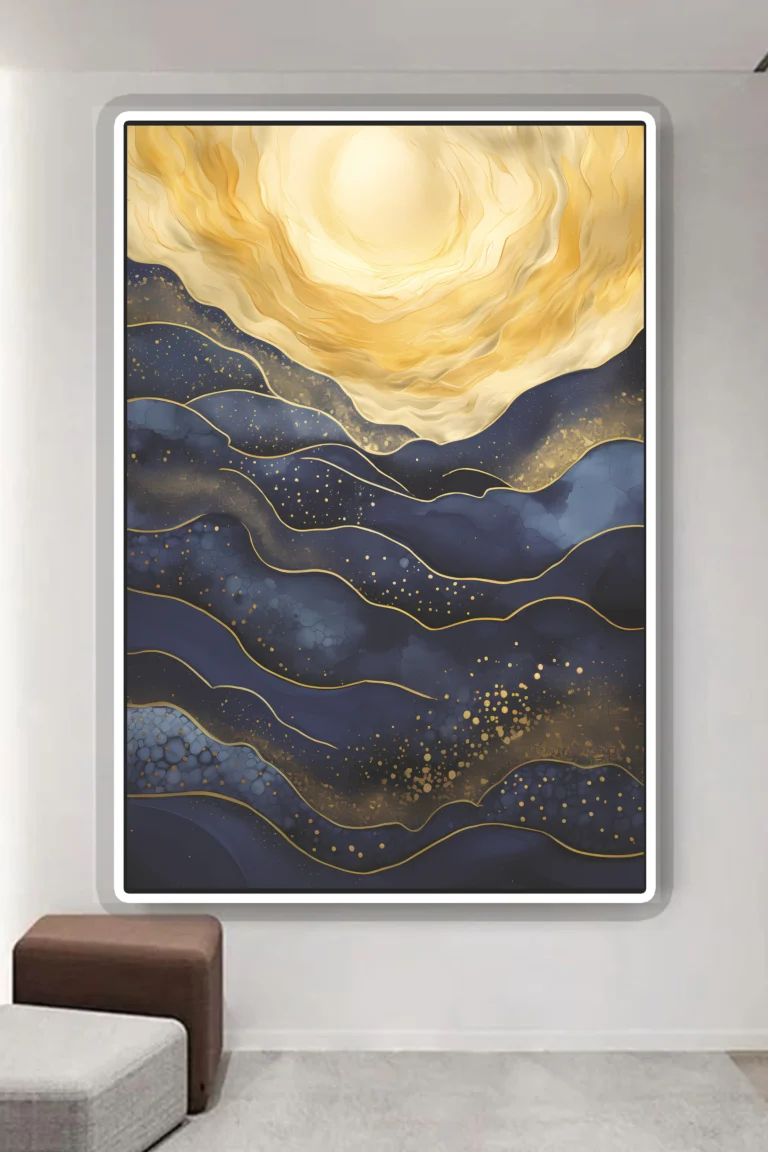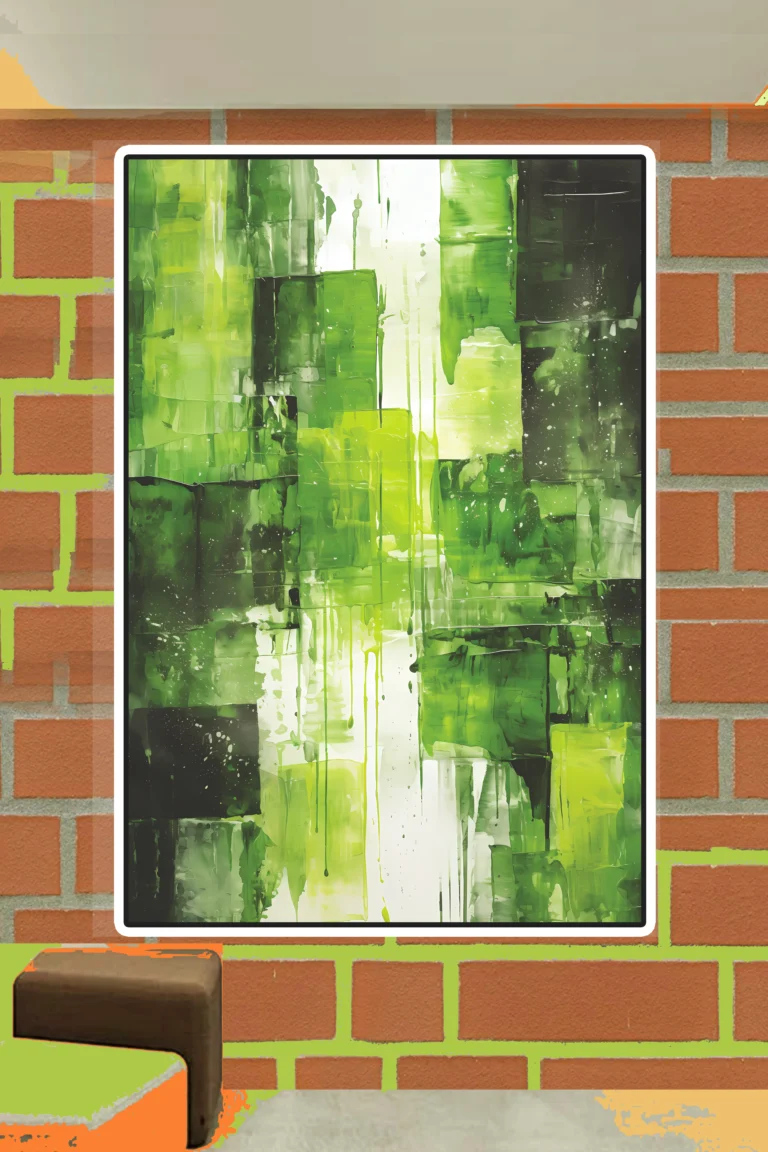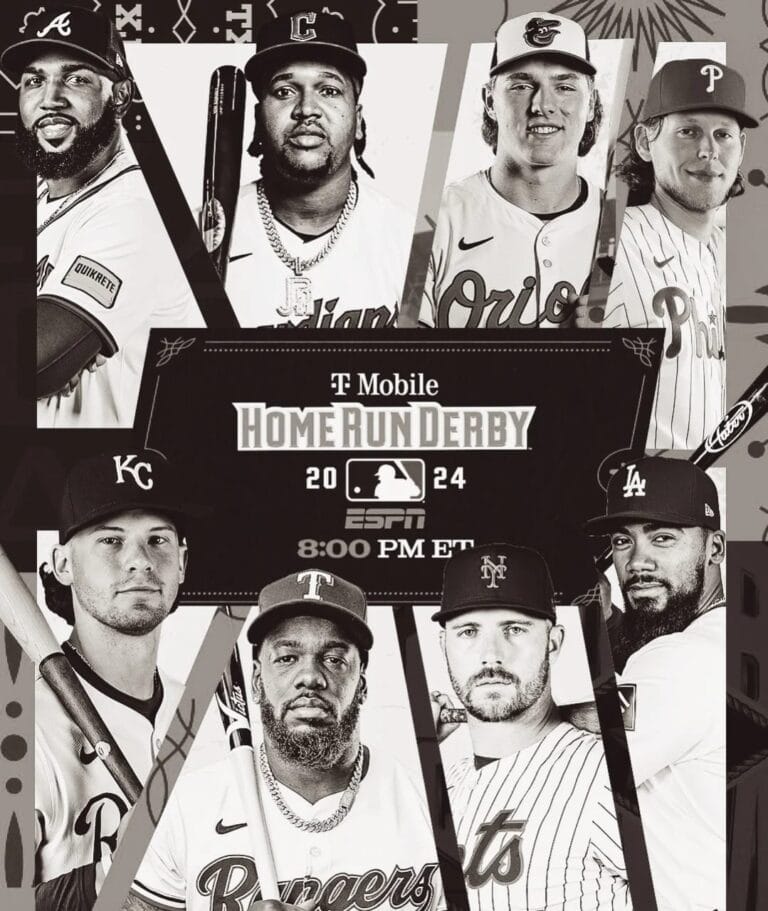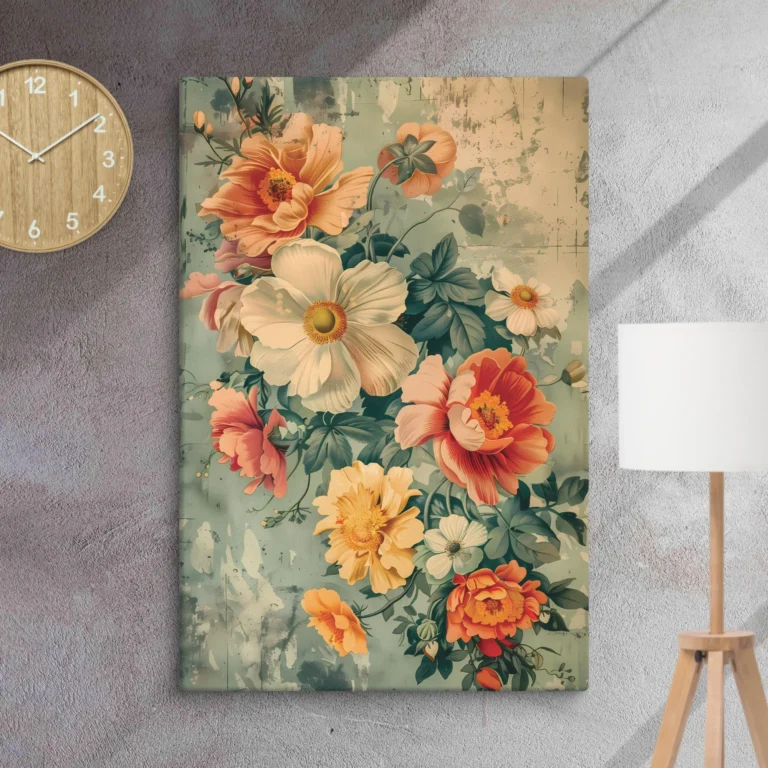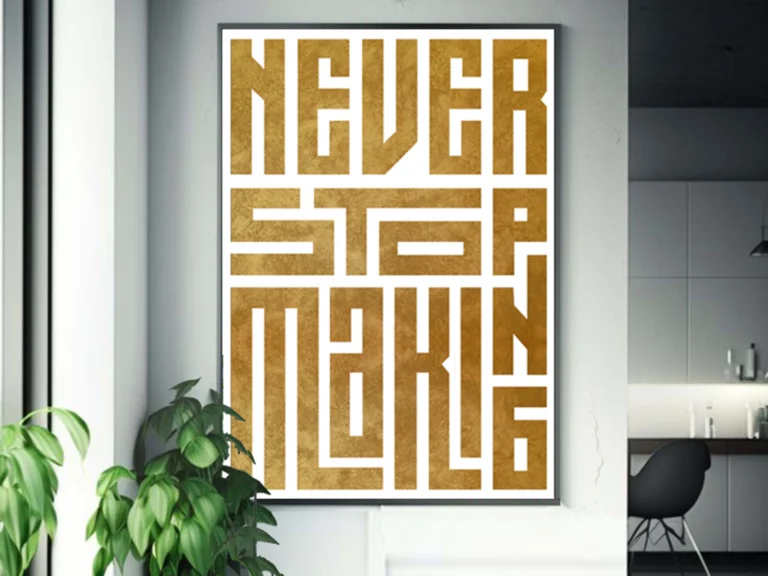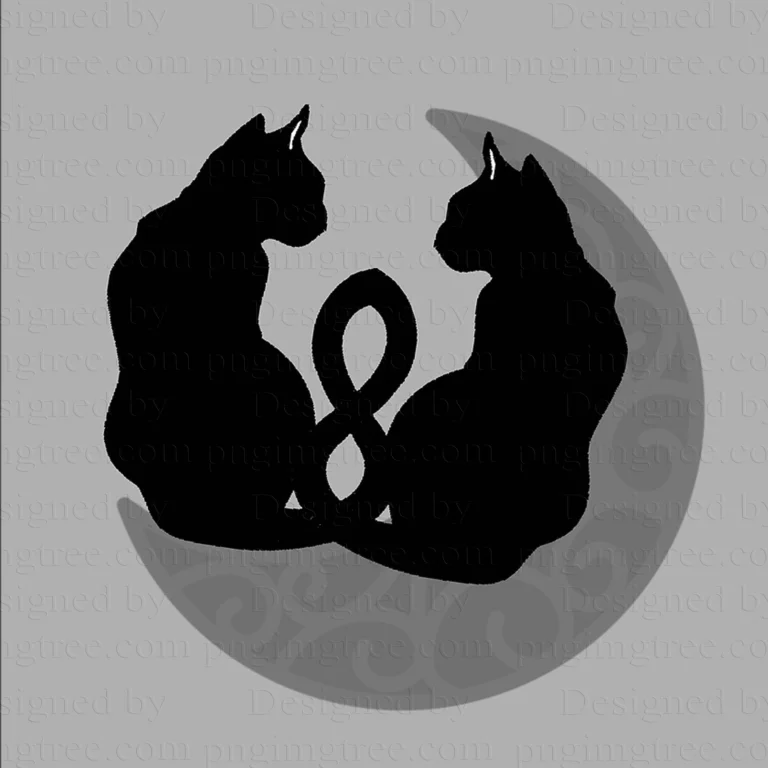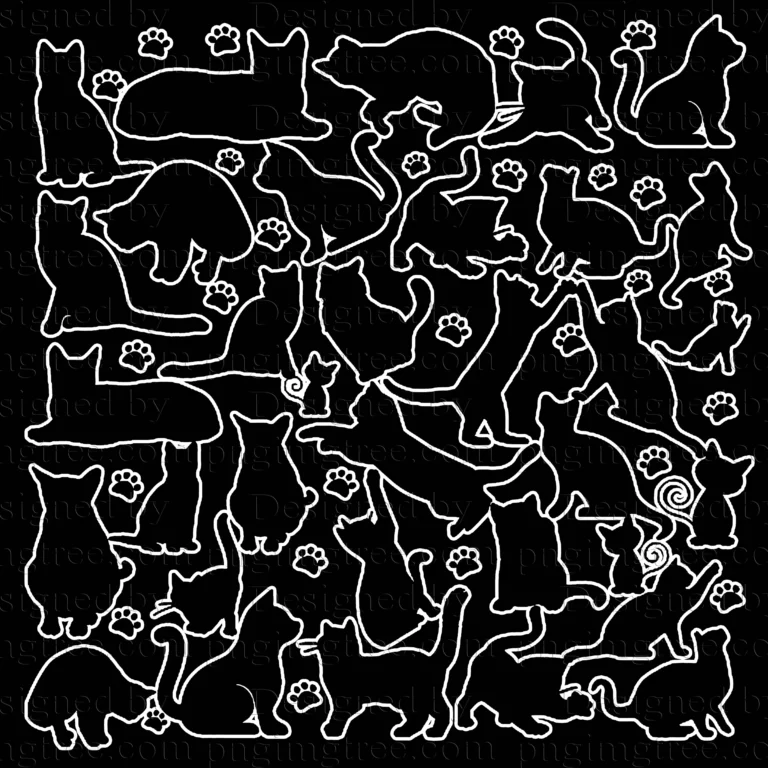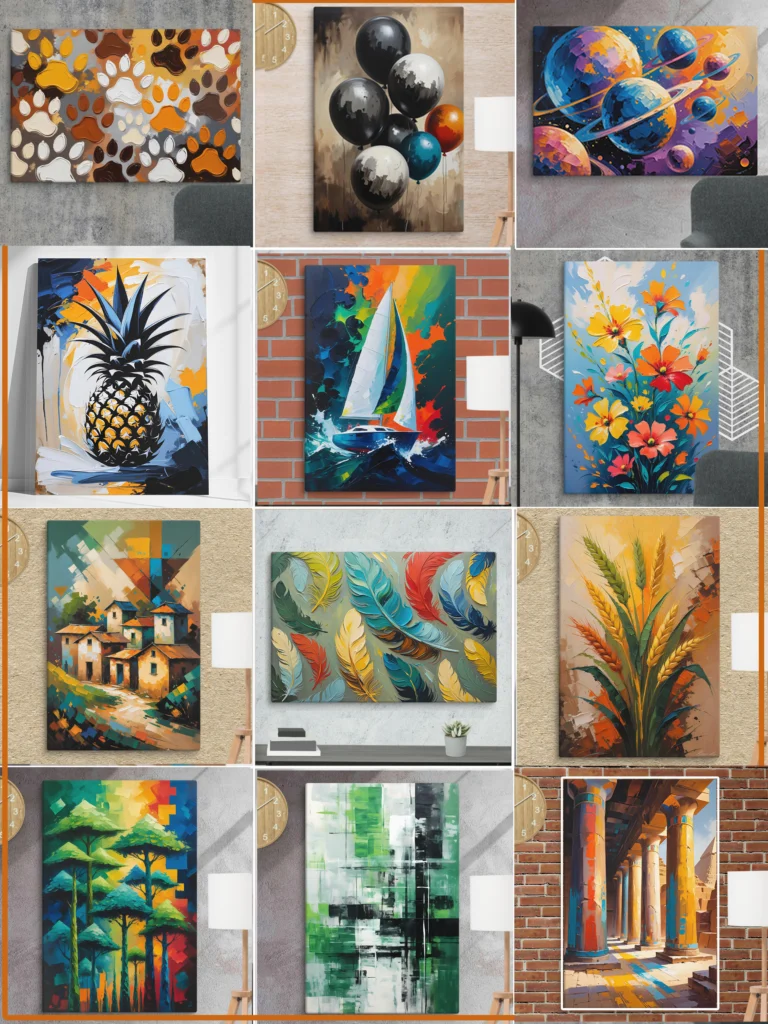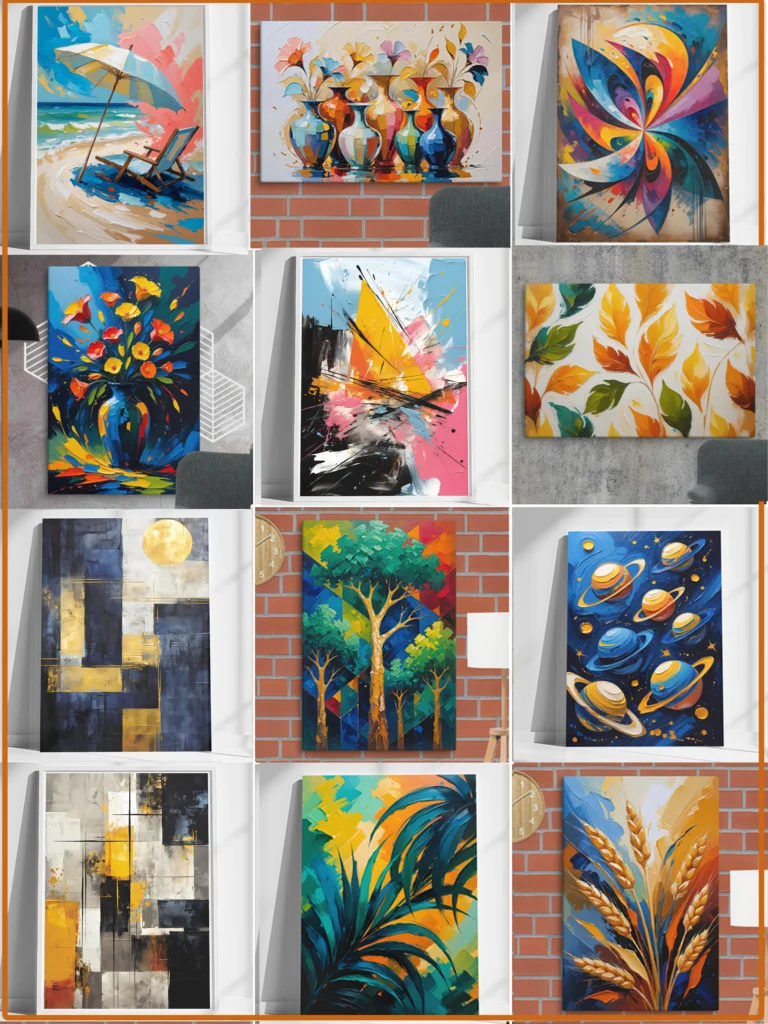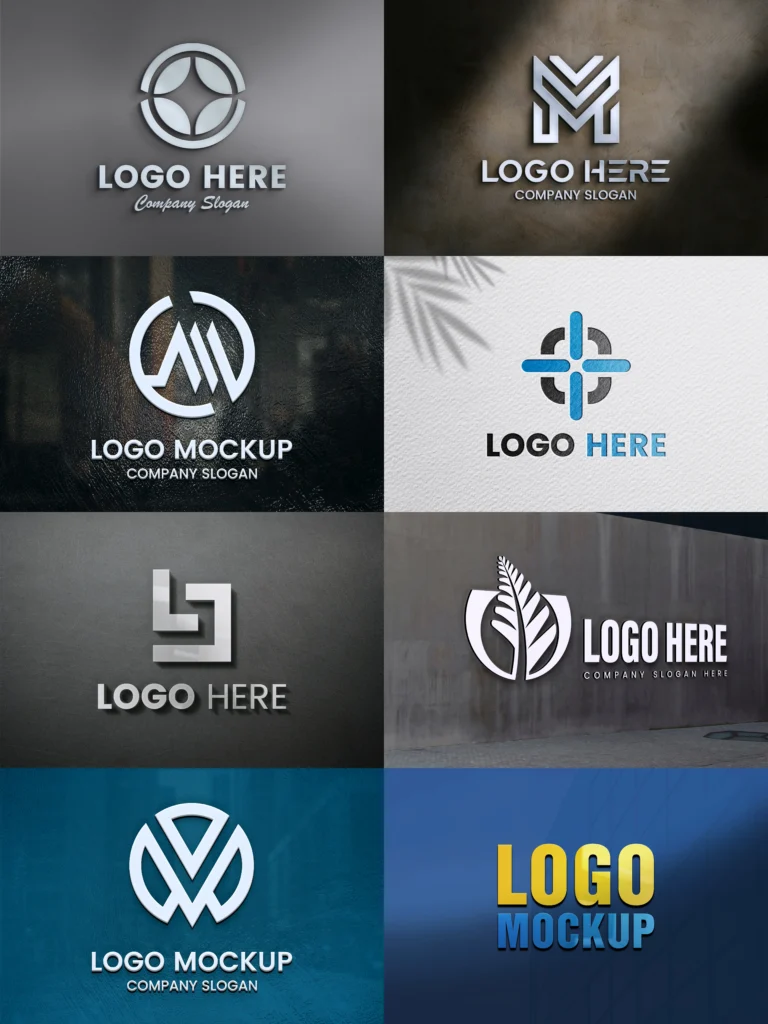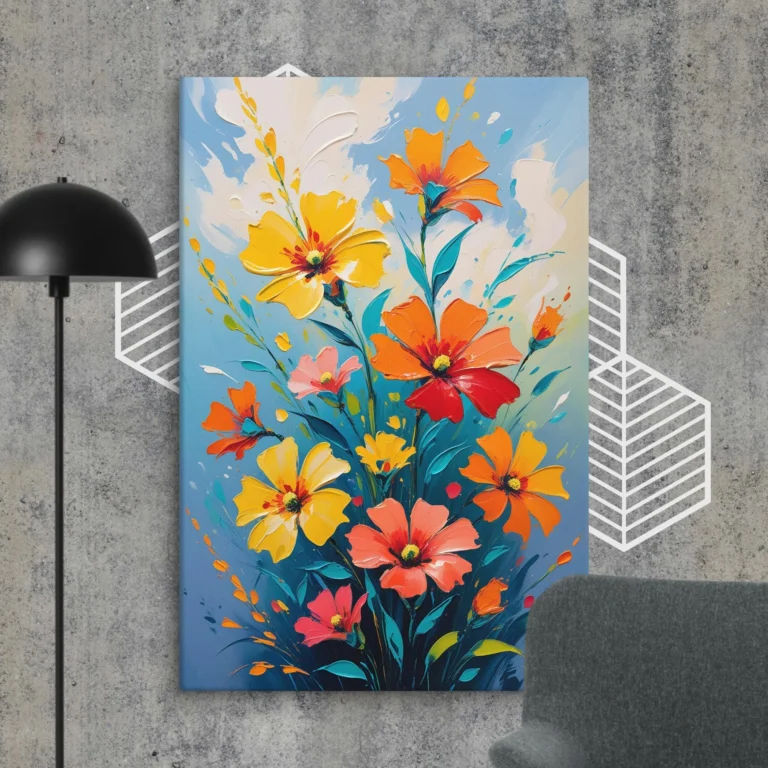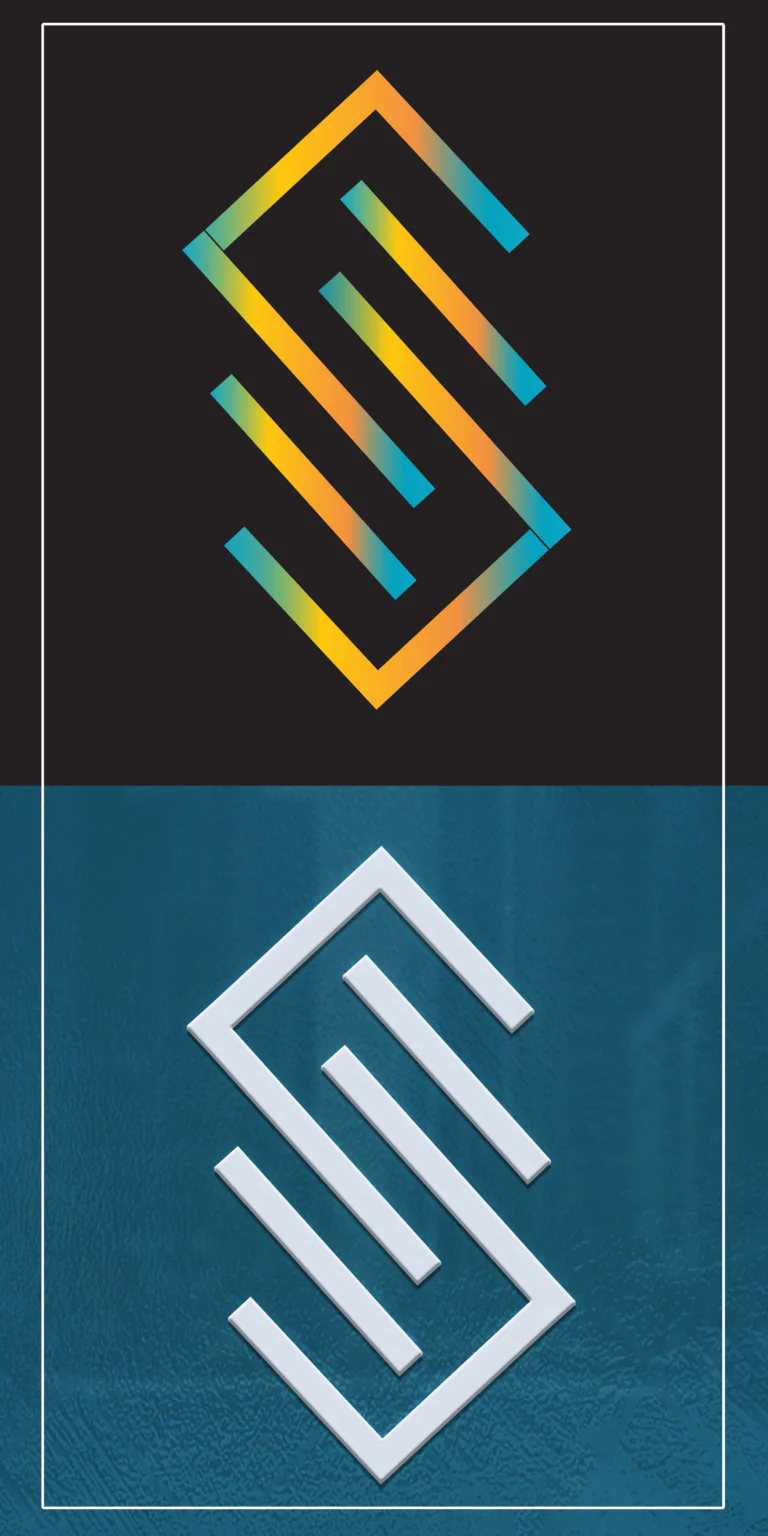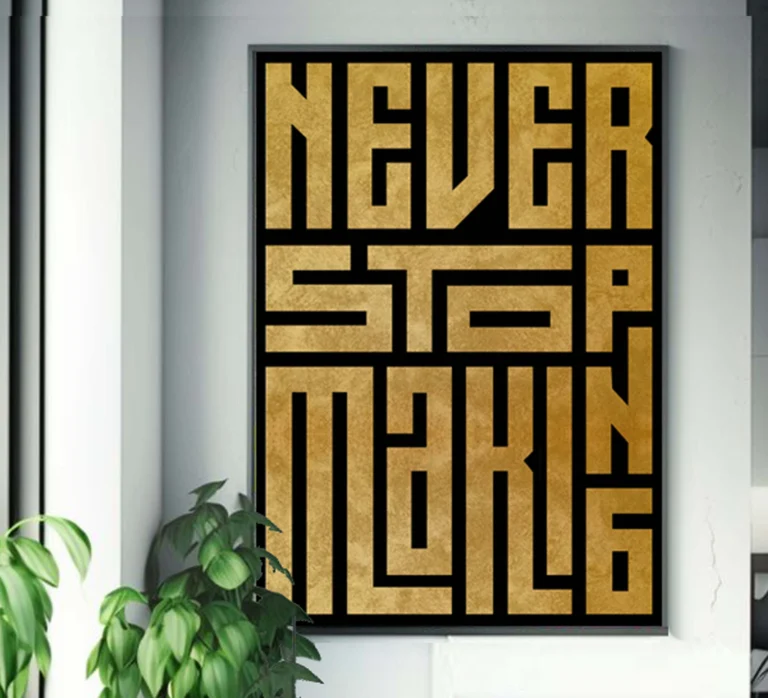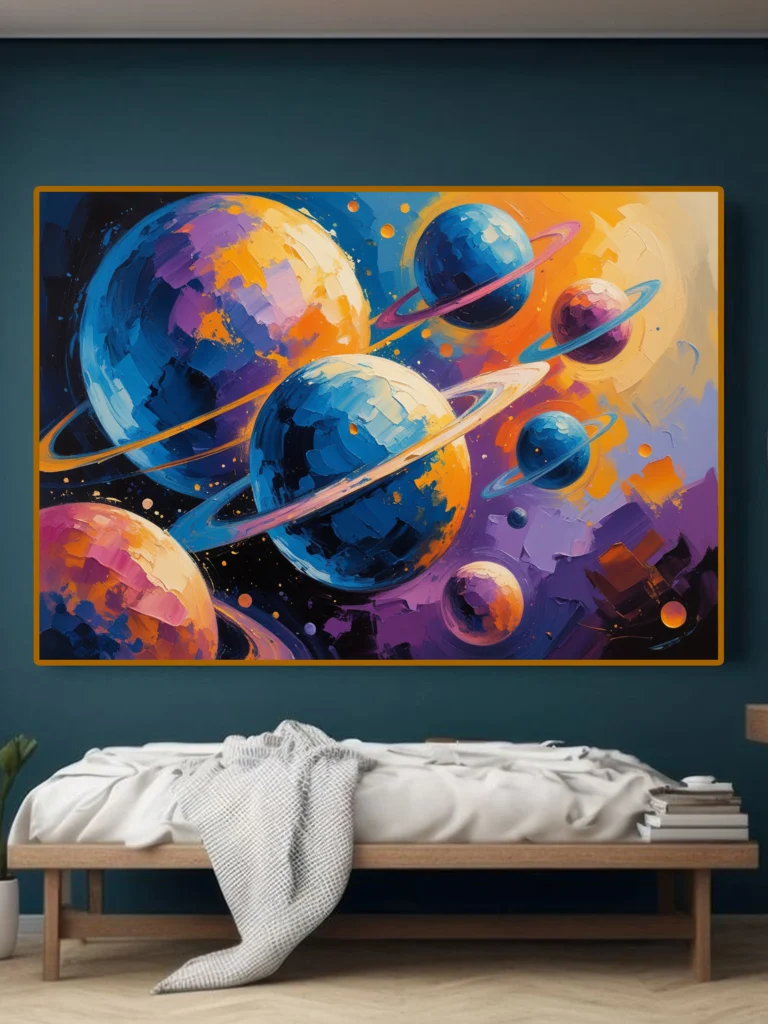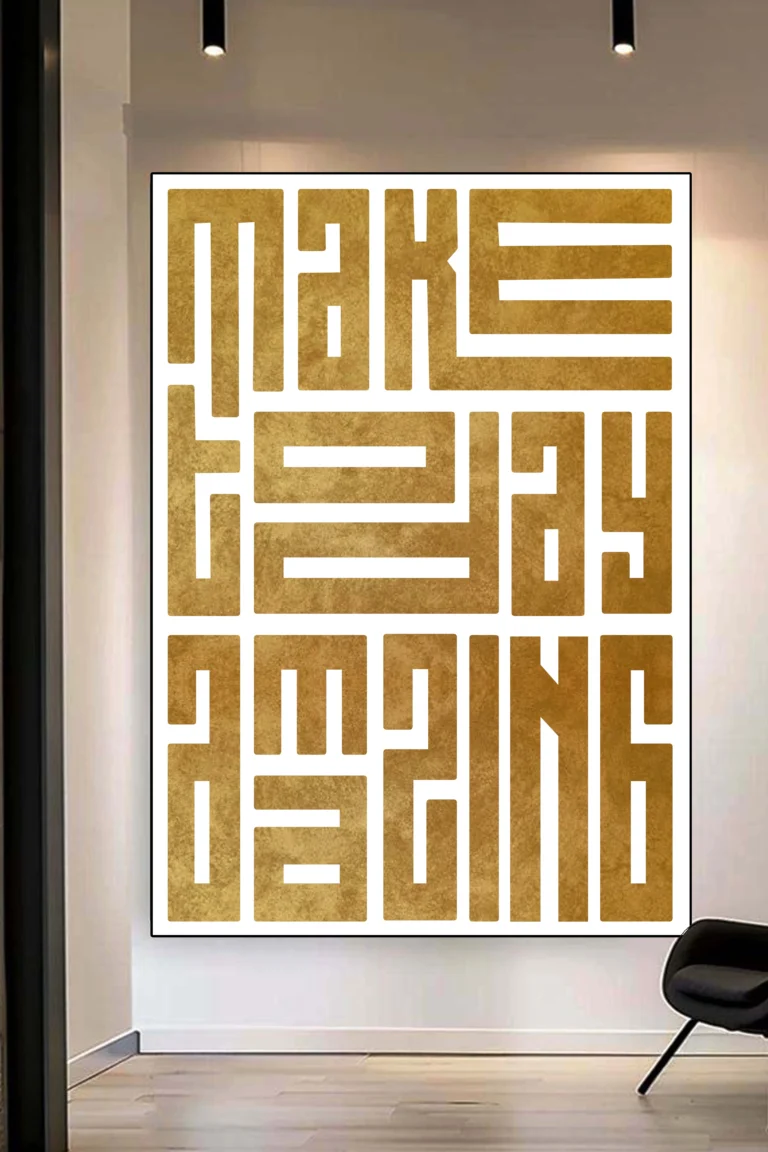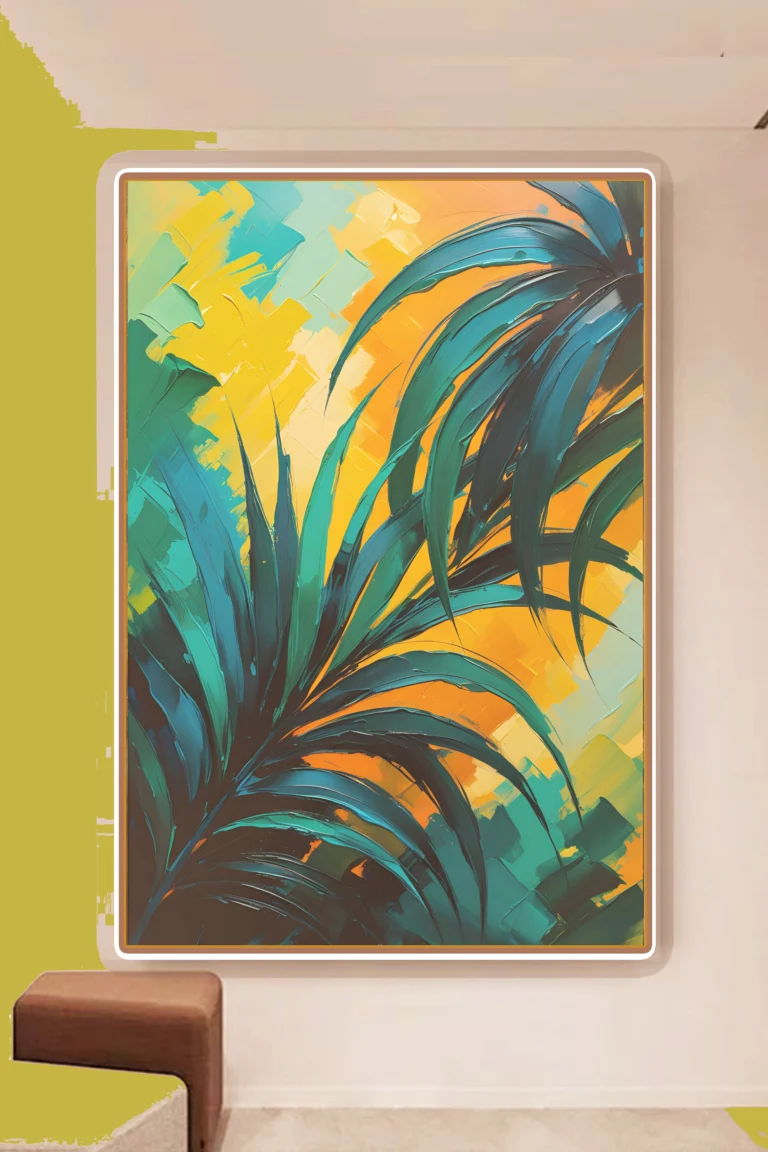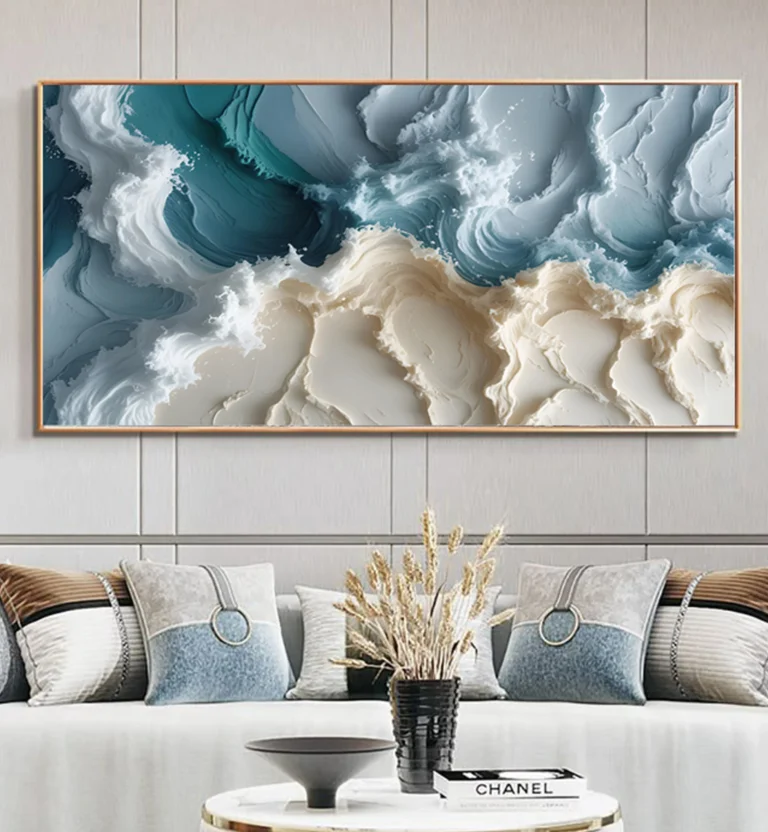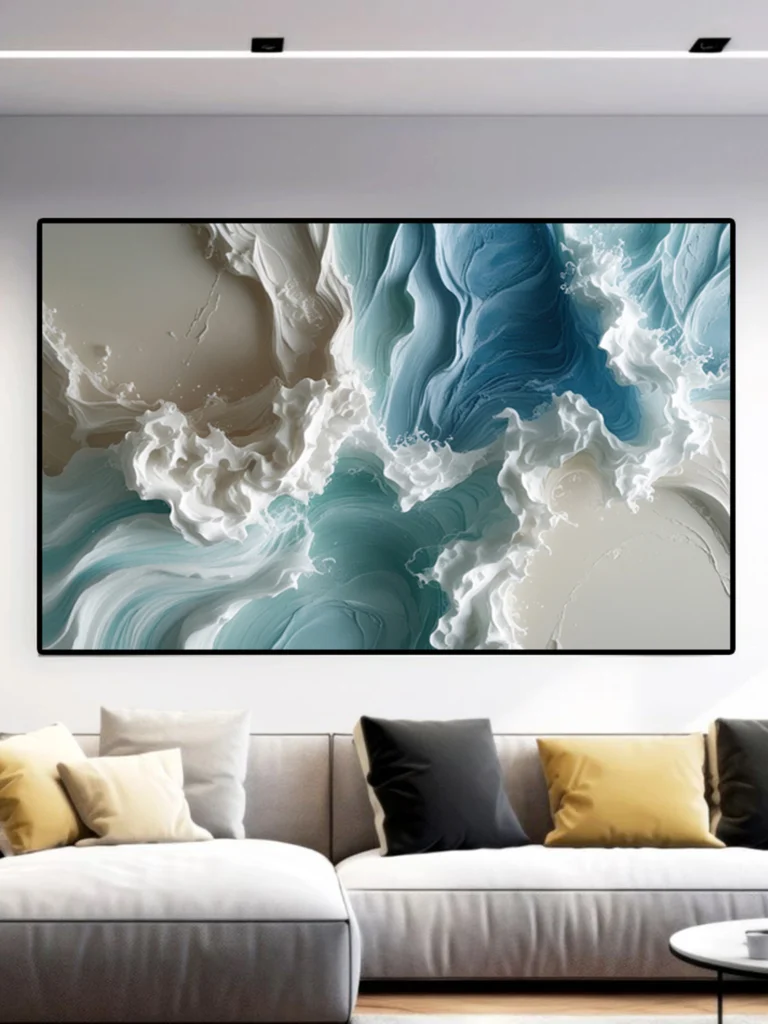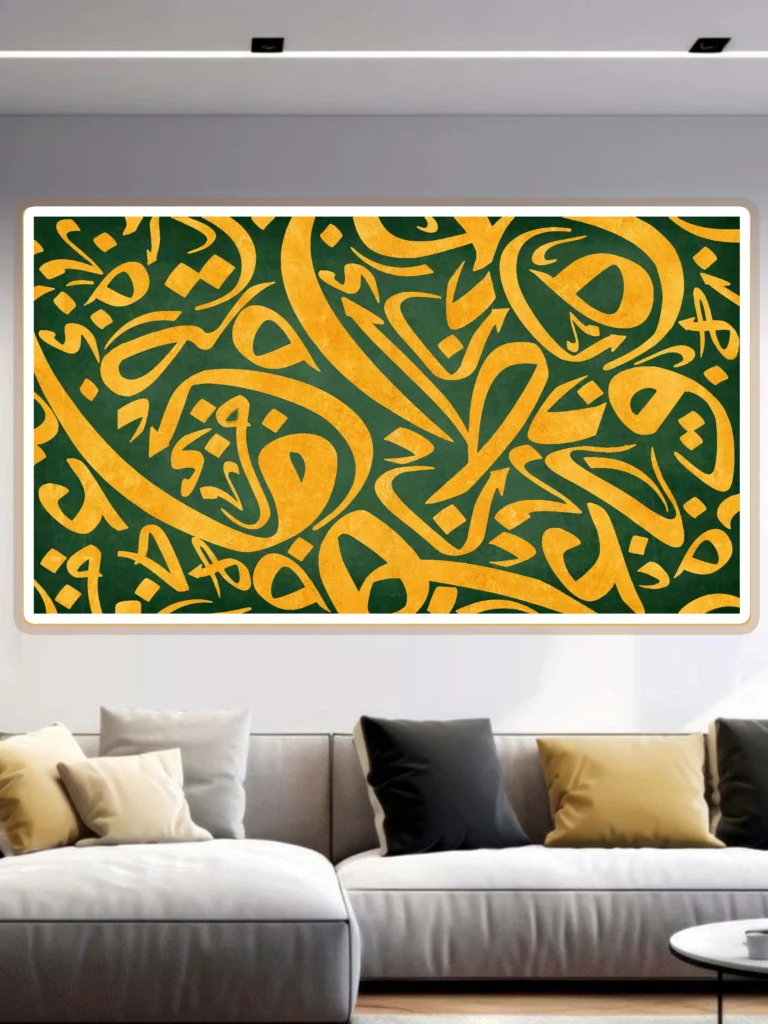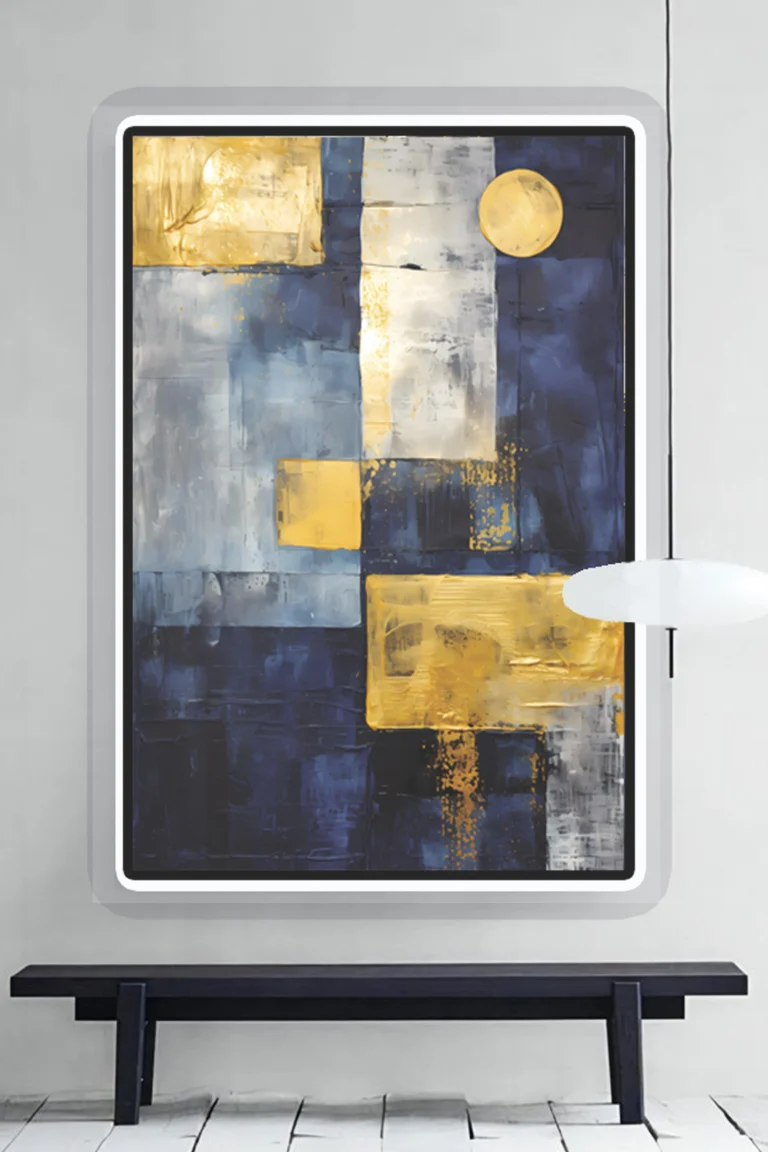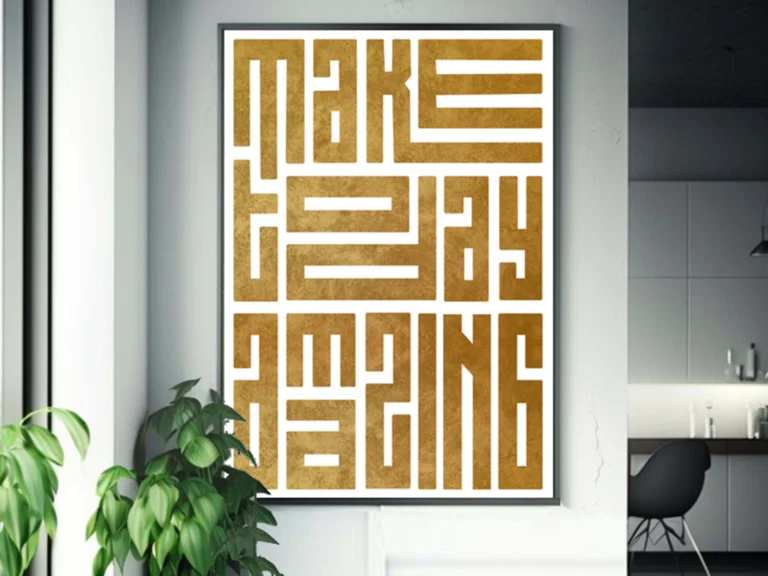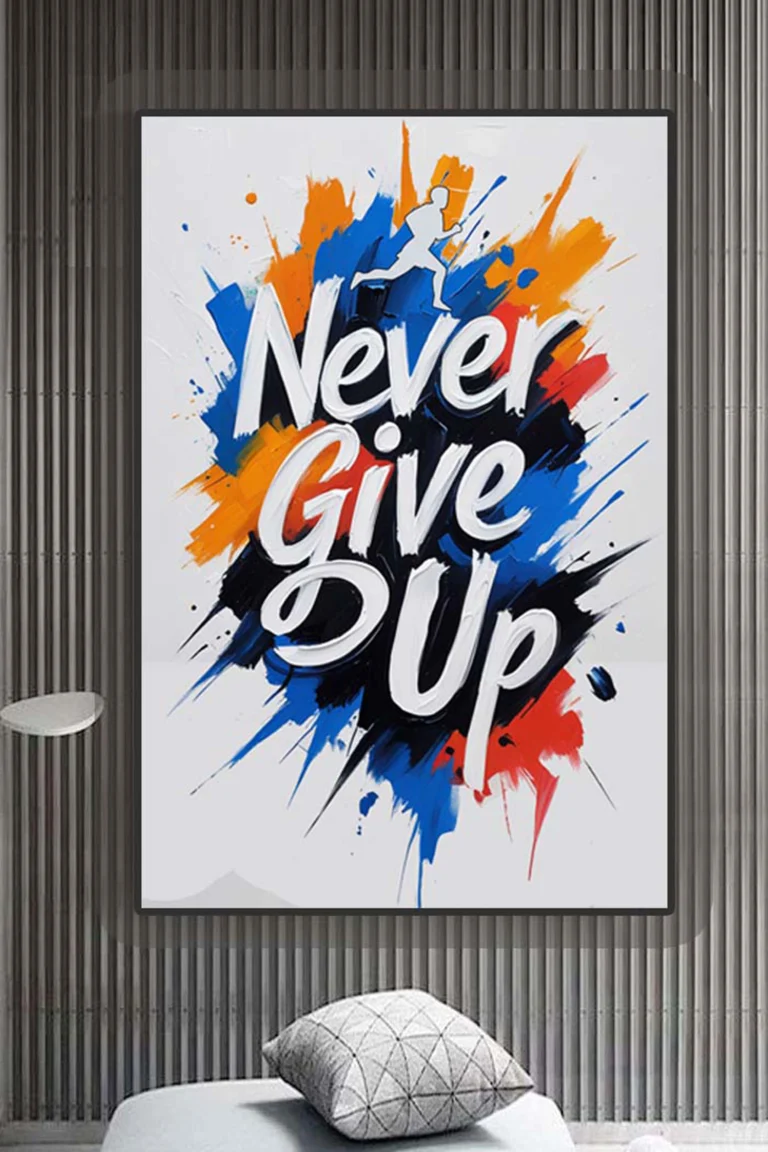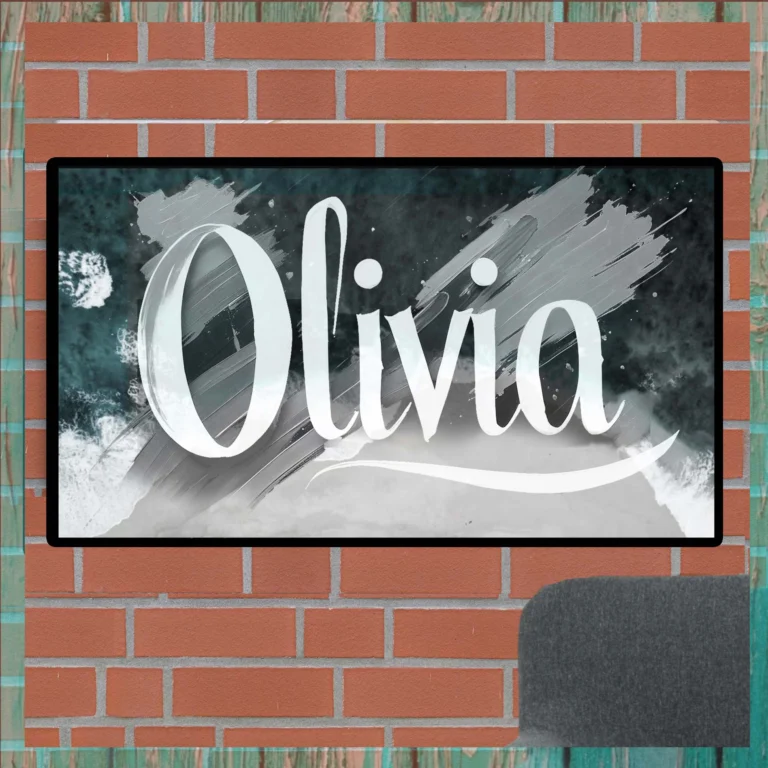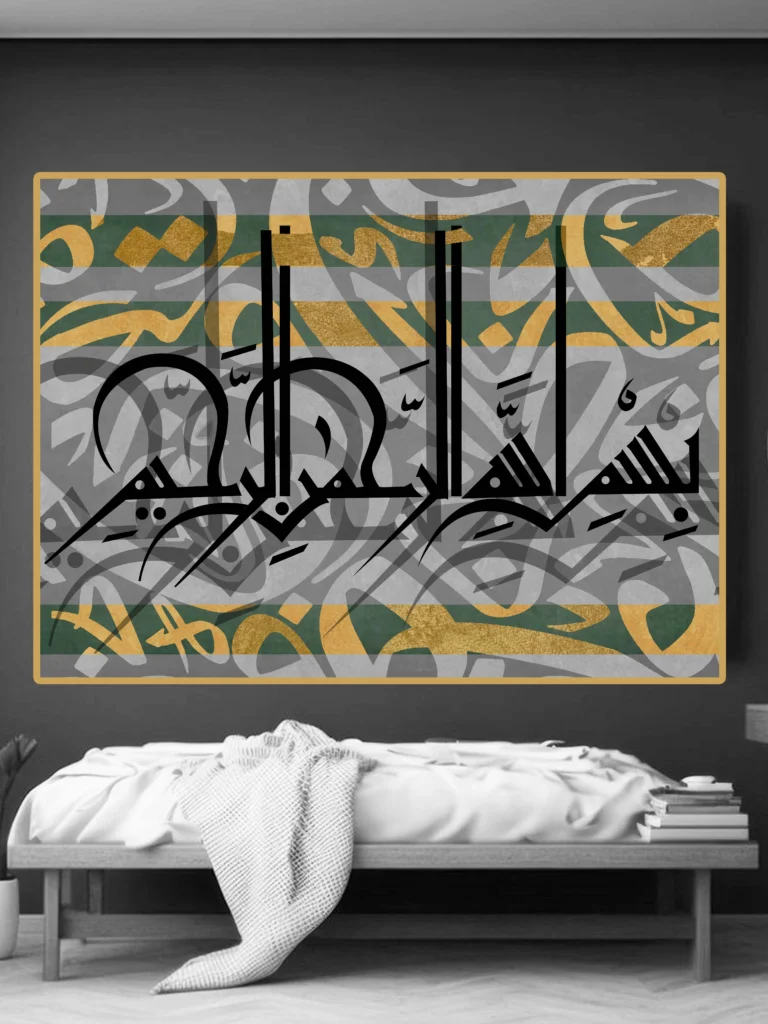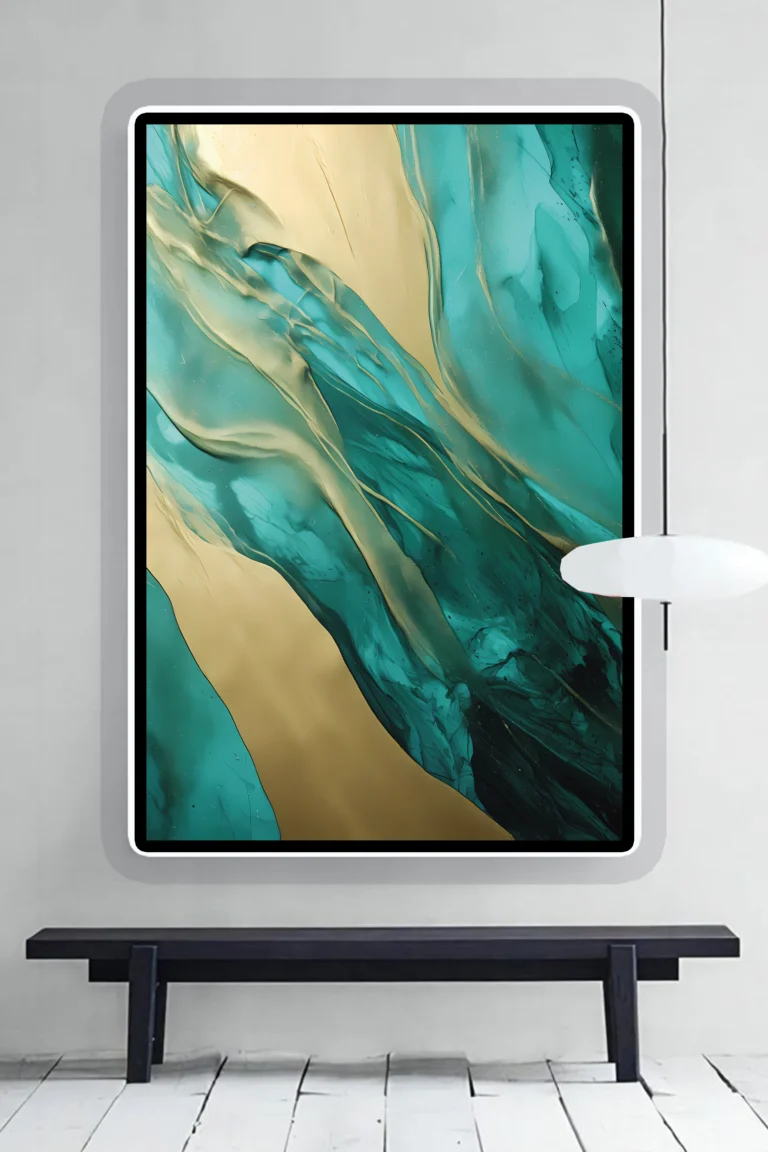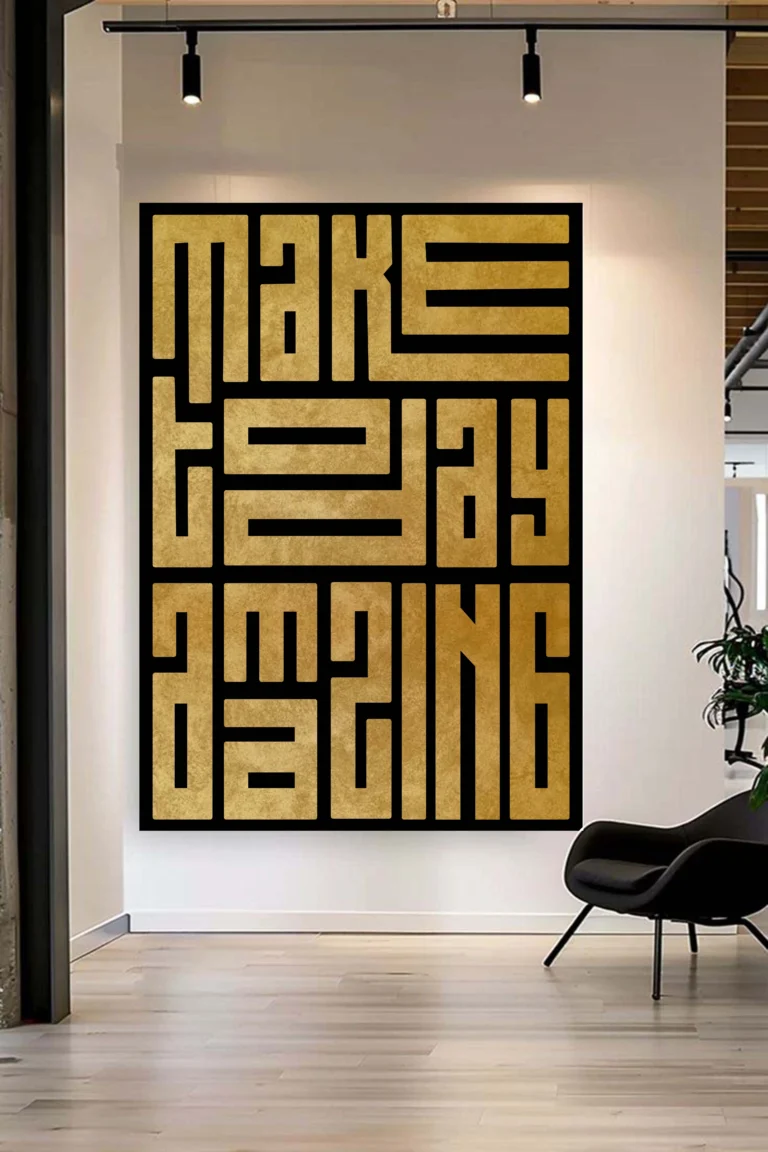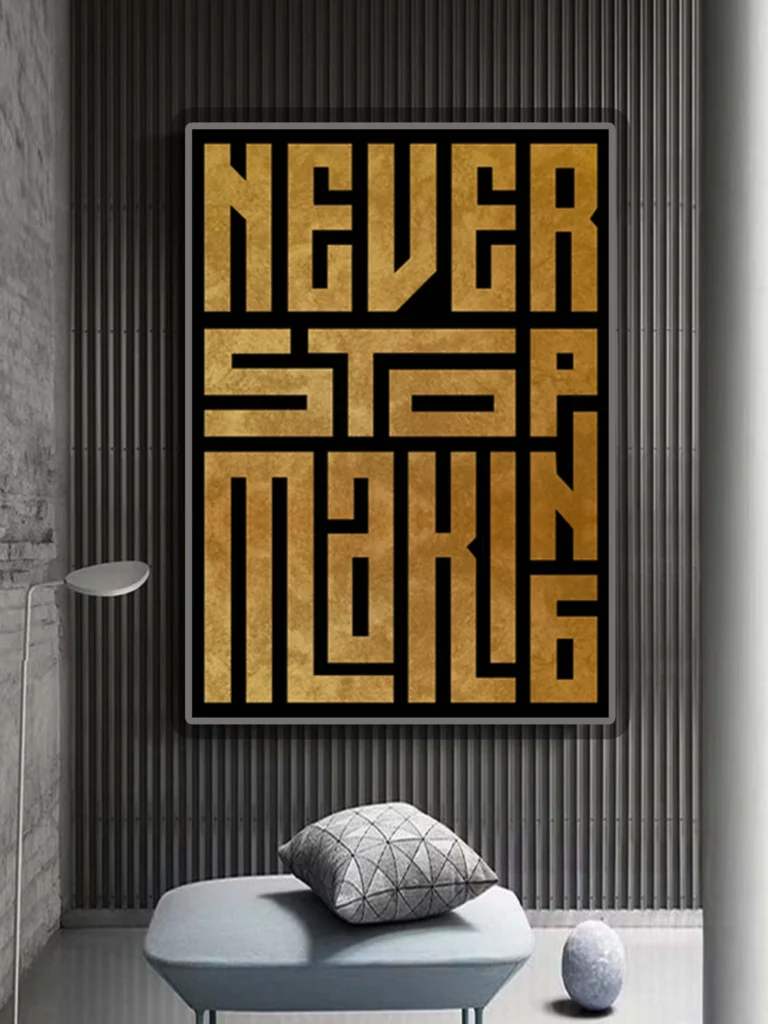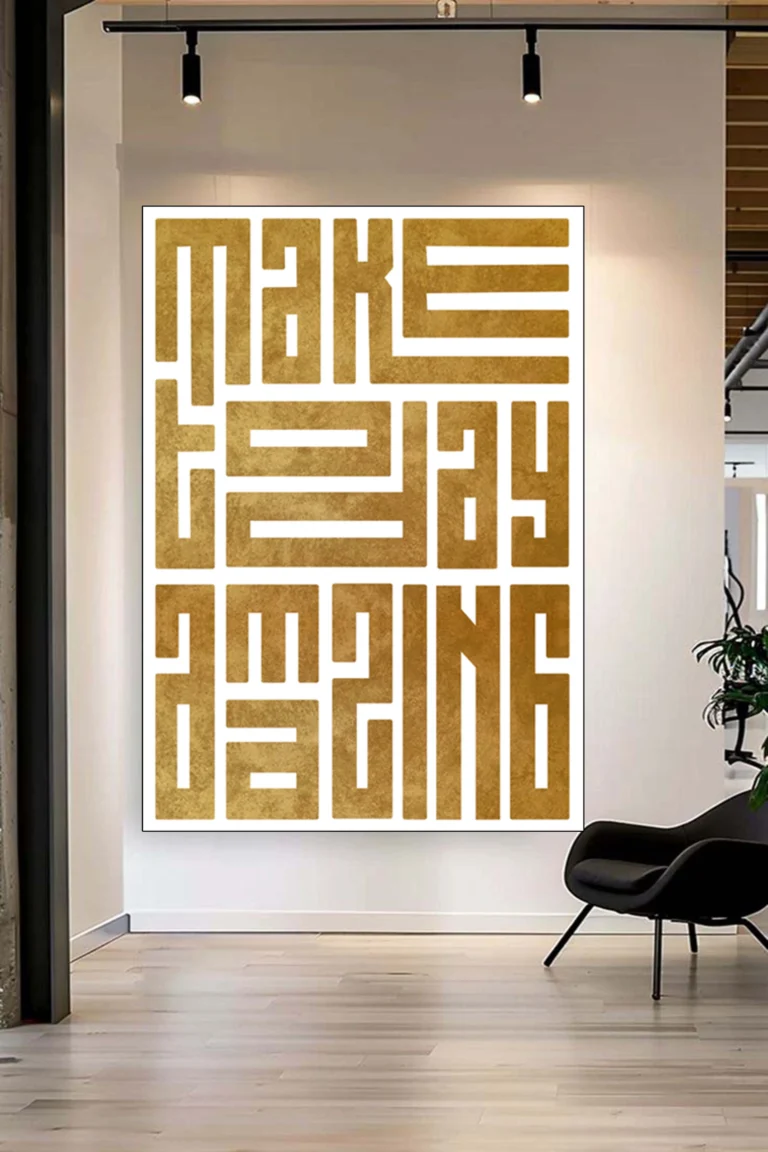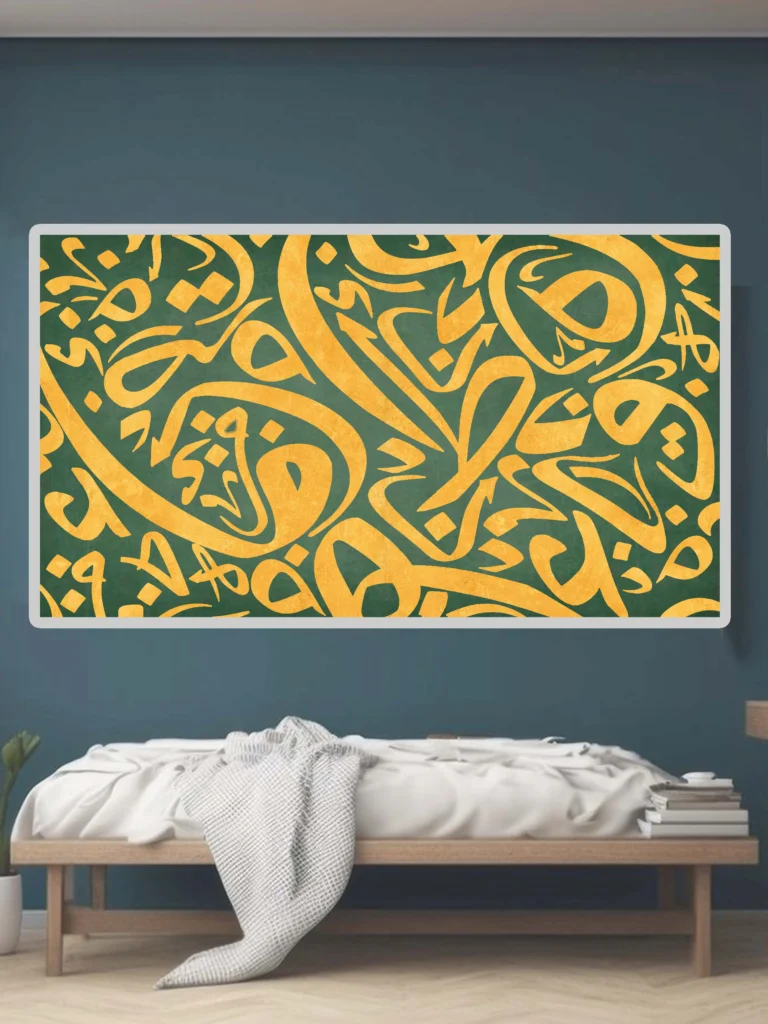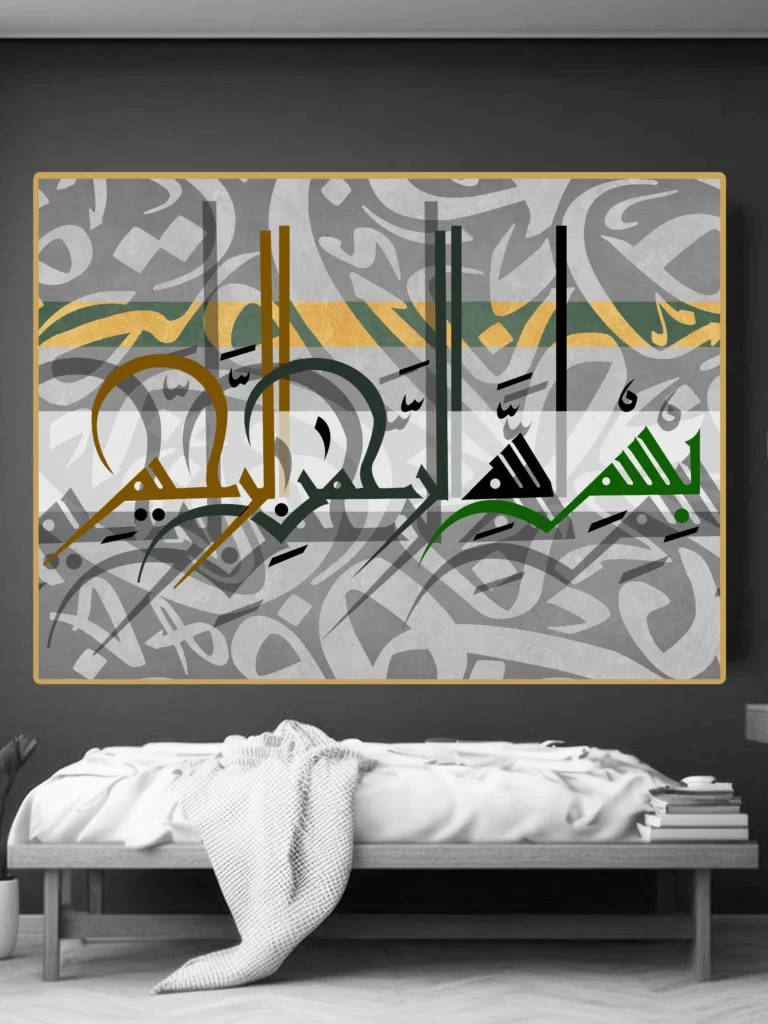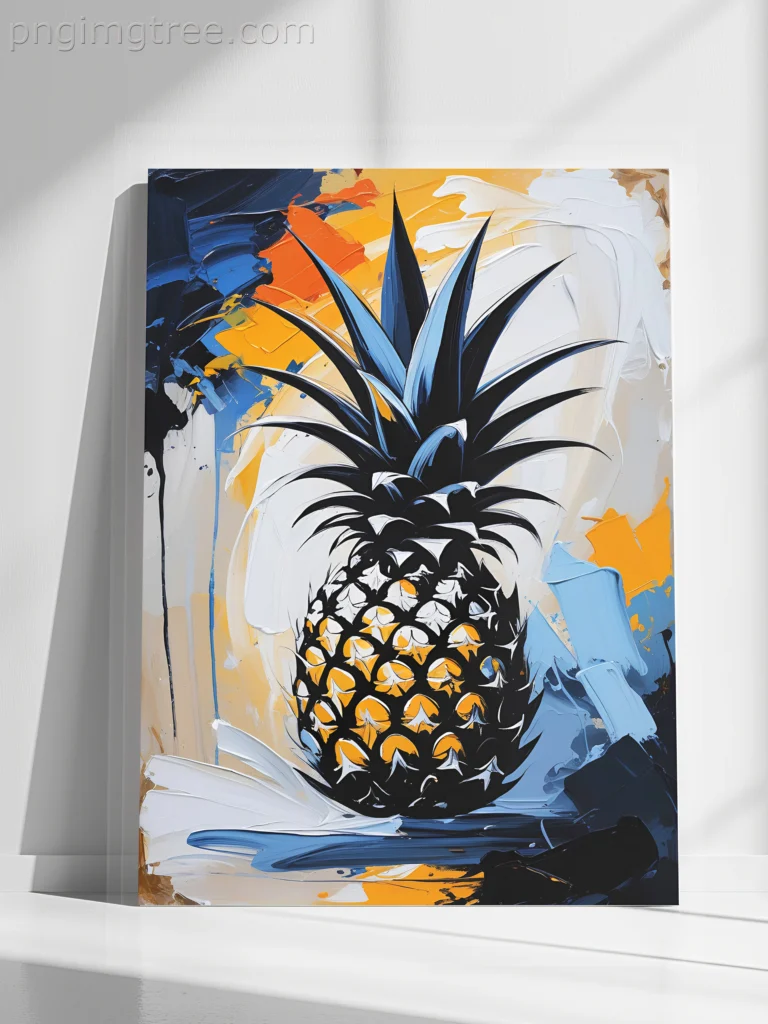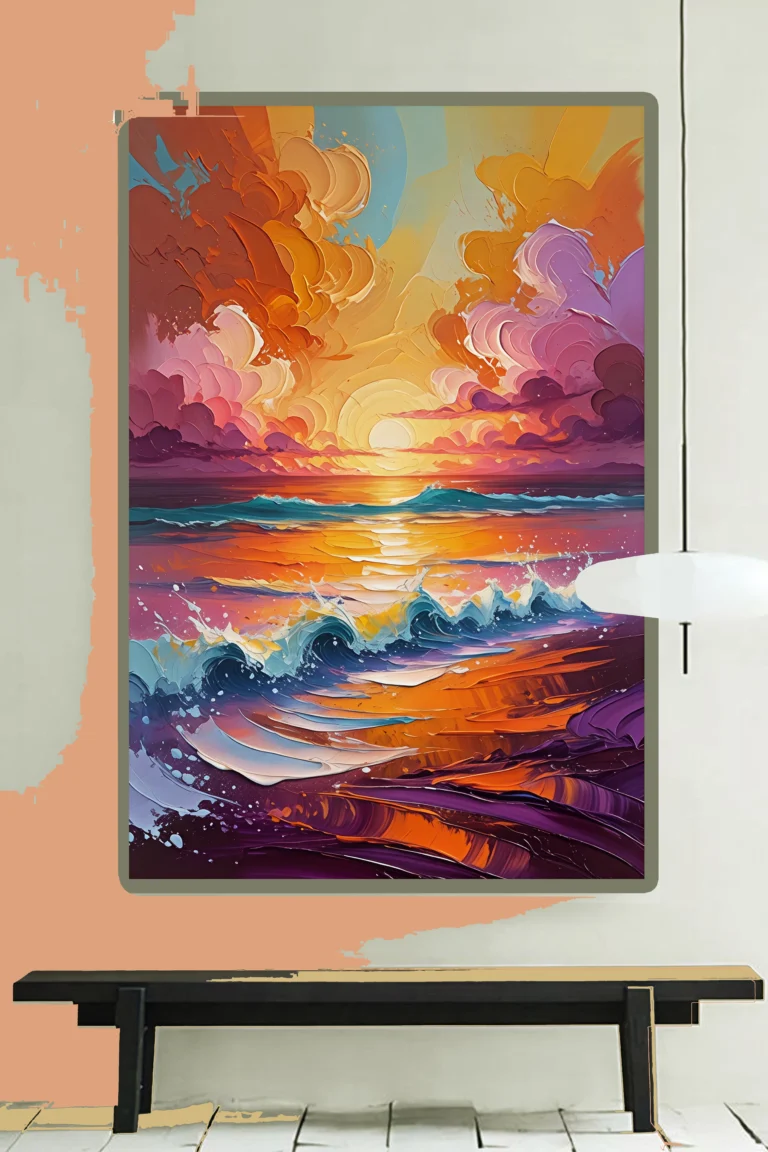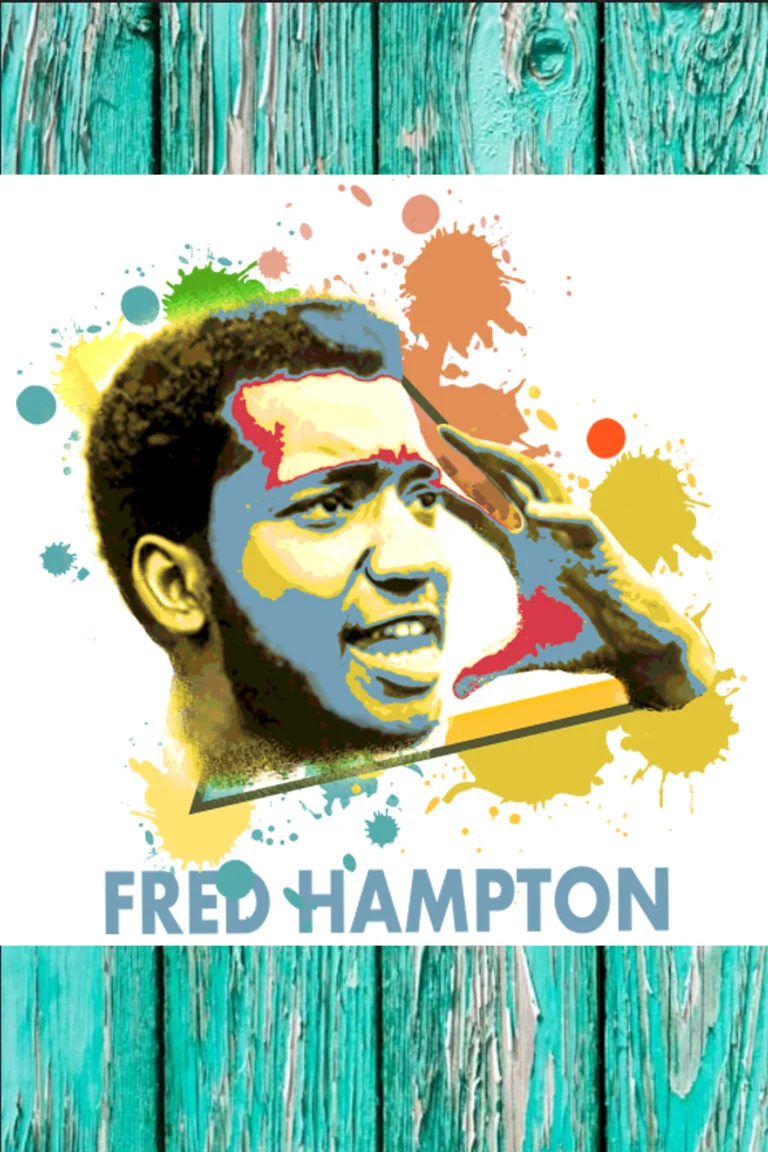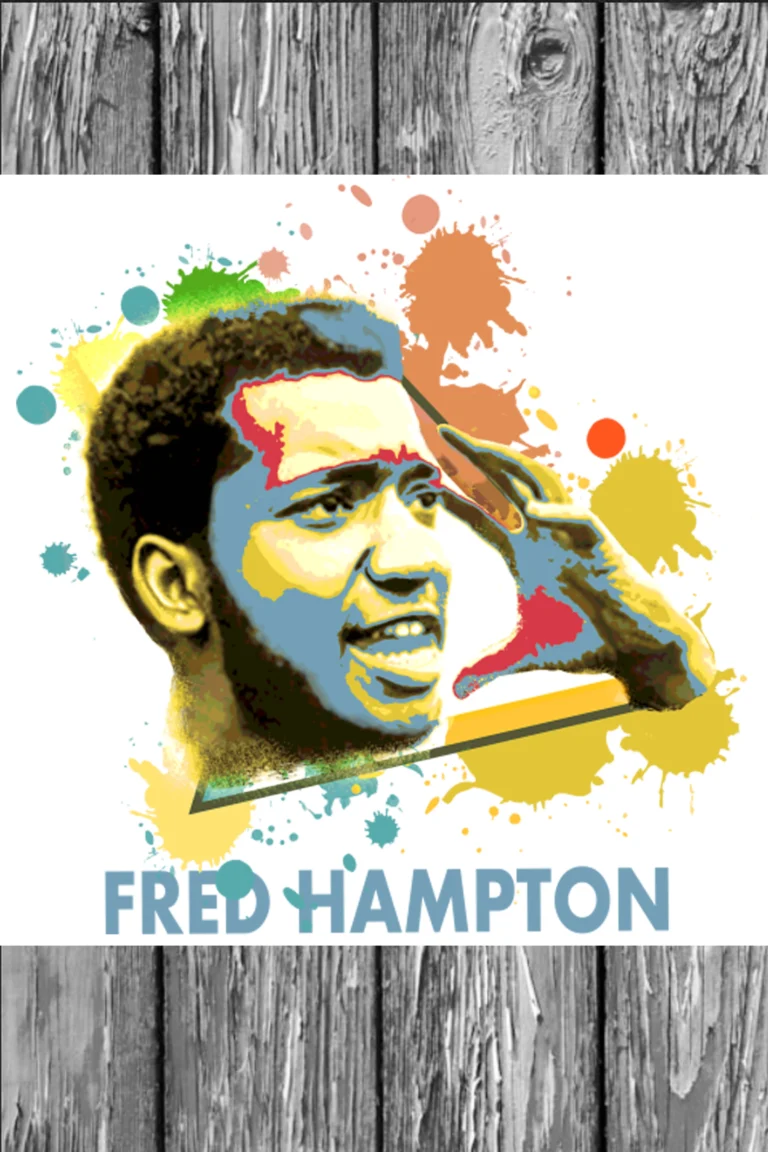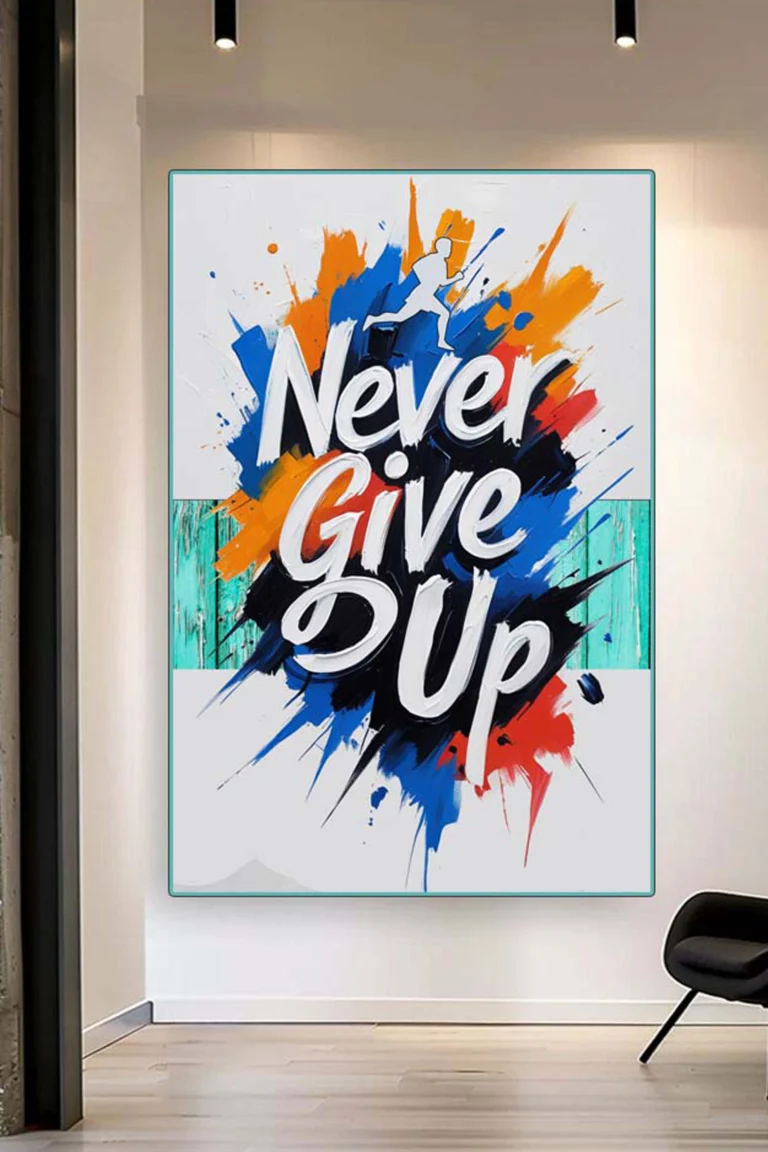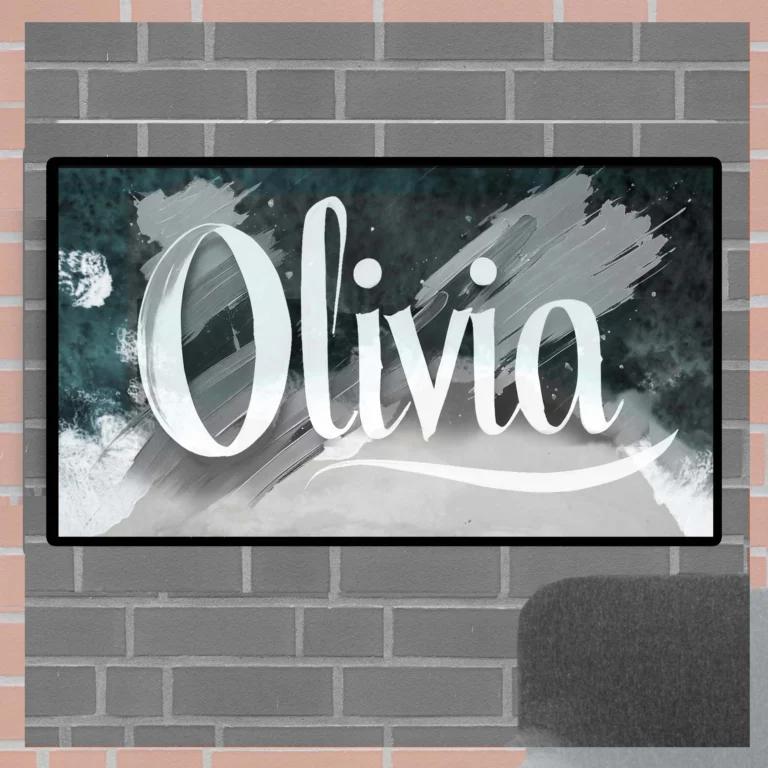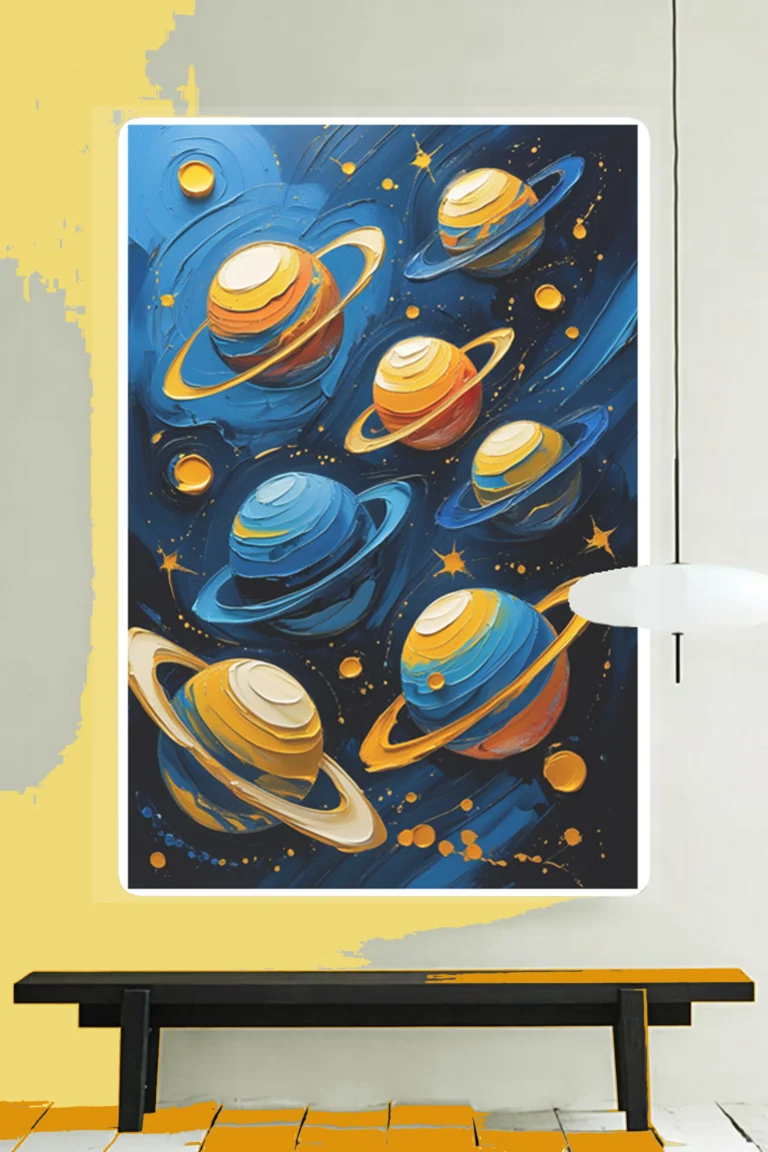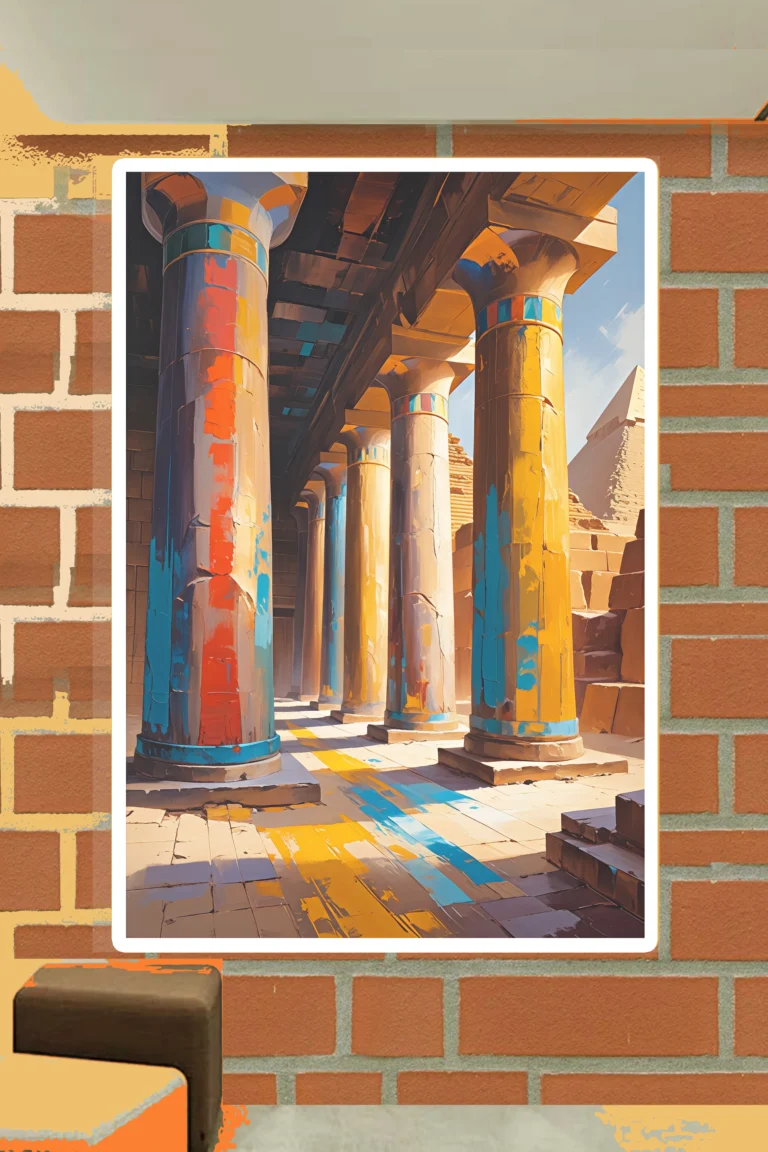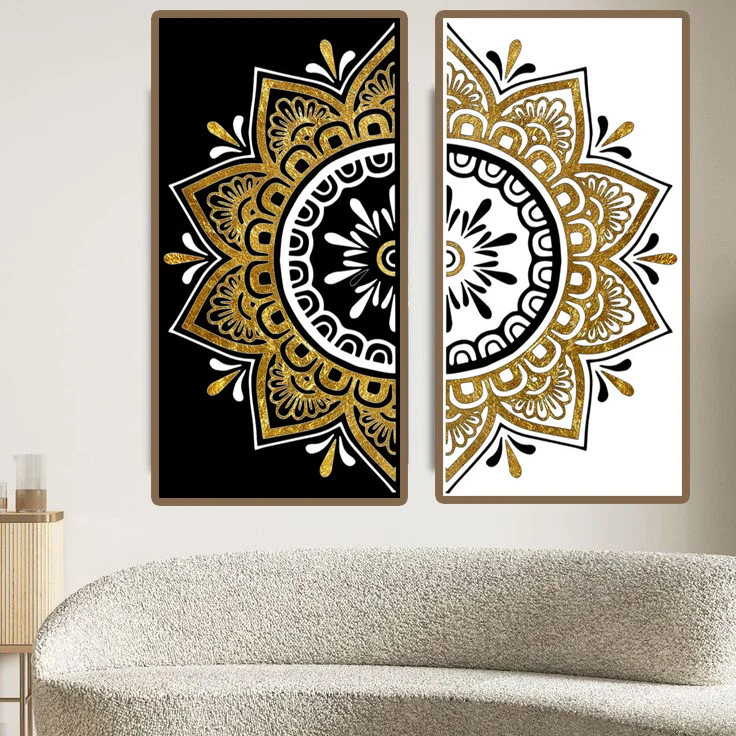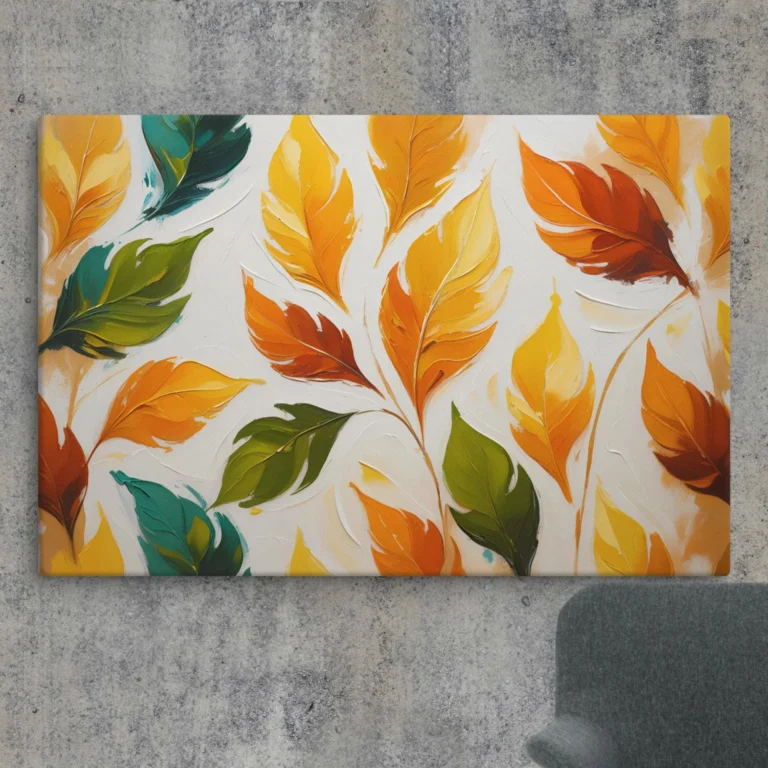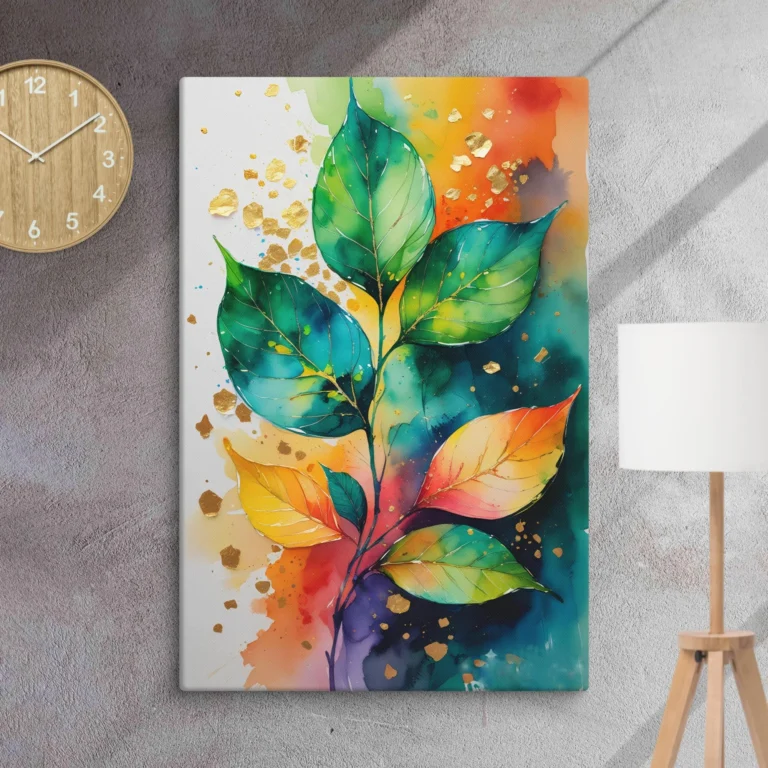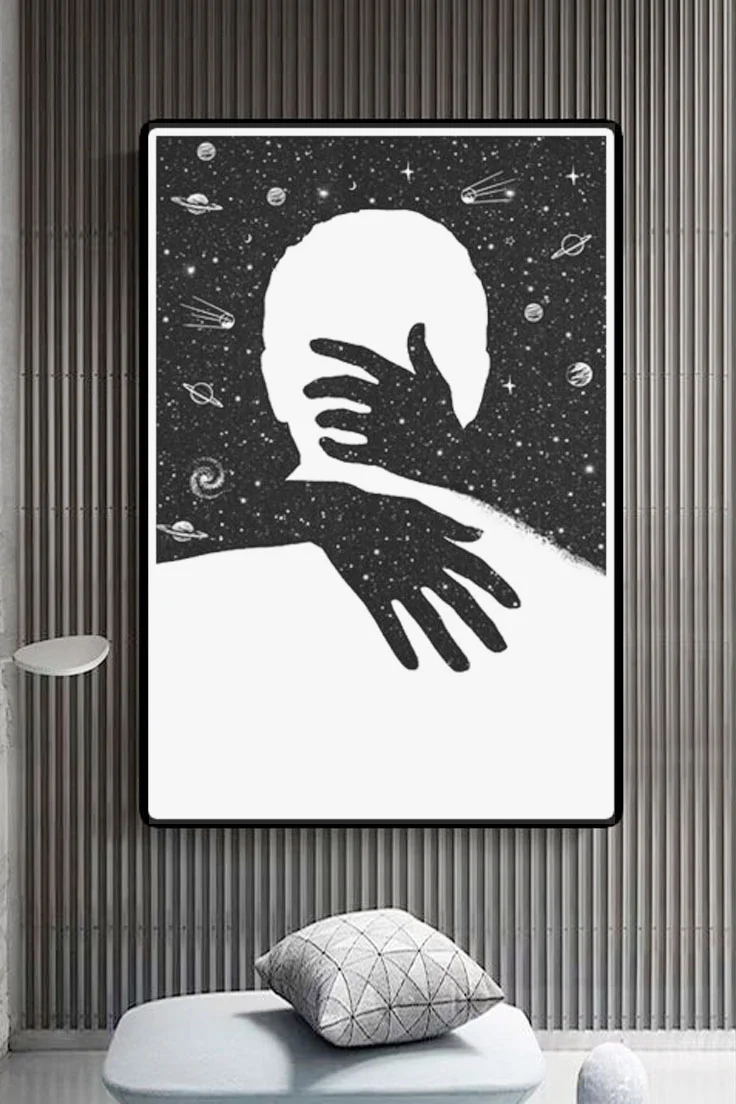Contemporary Arabic Calligraphy
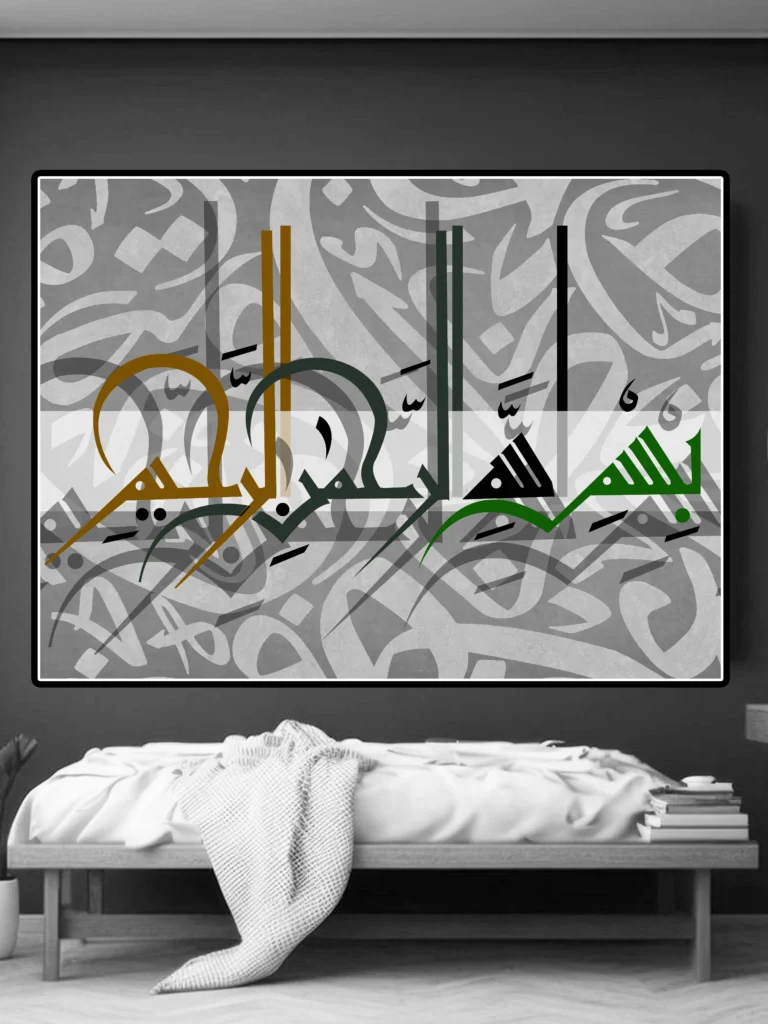
Contemporary Arabic Calligraphy
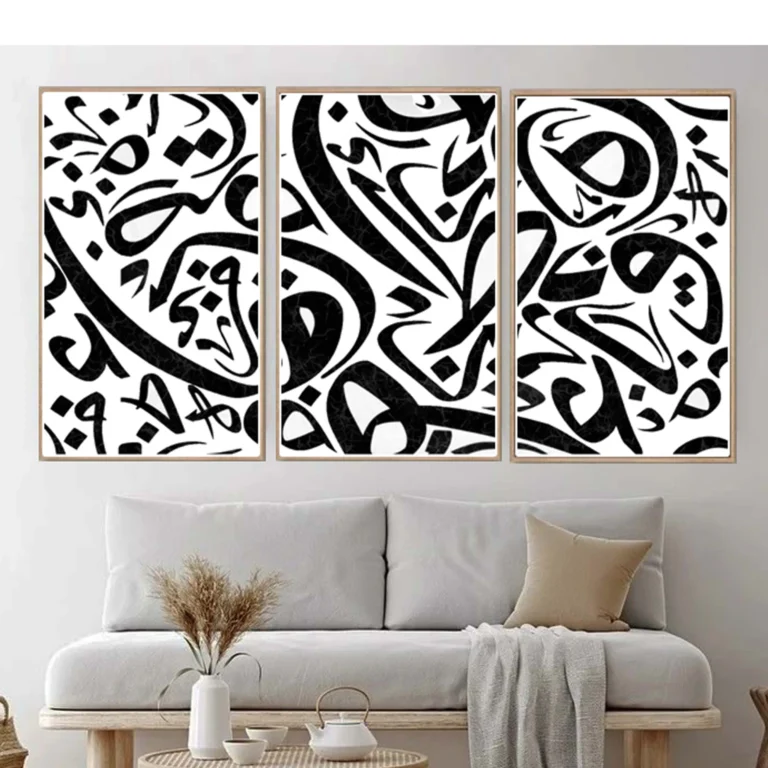
Contemporary Arabic Calligraphy 3Panel
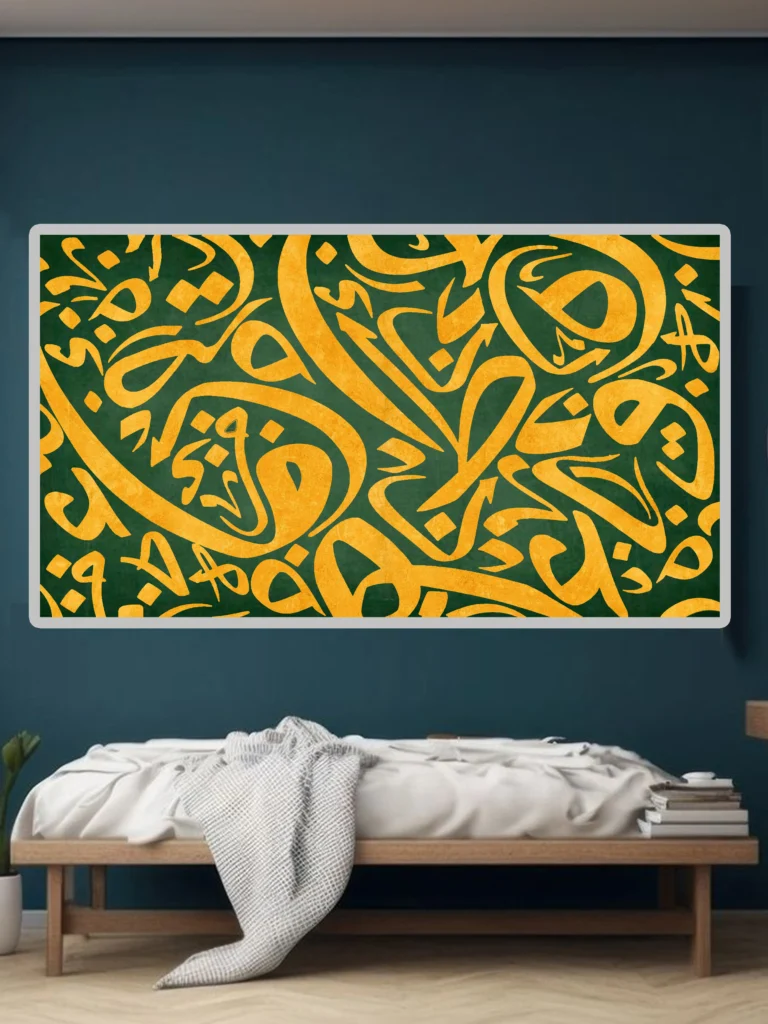
Contemporary Arabic Calligraphy

bismillah Contemporary Arabic Calligraphy
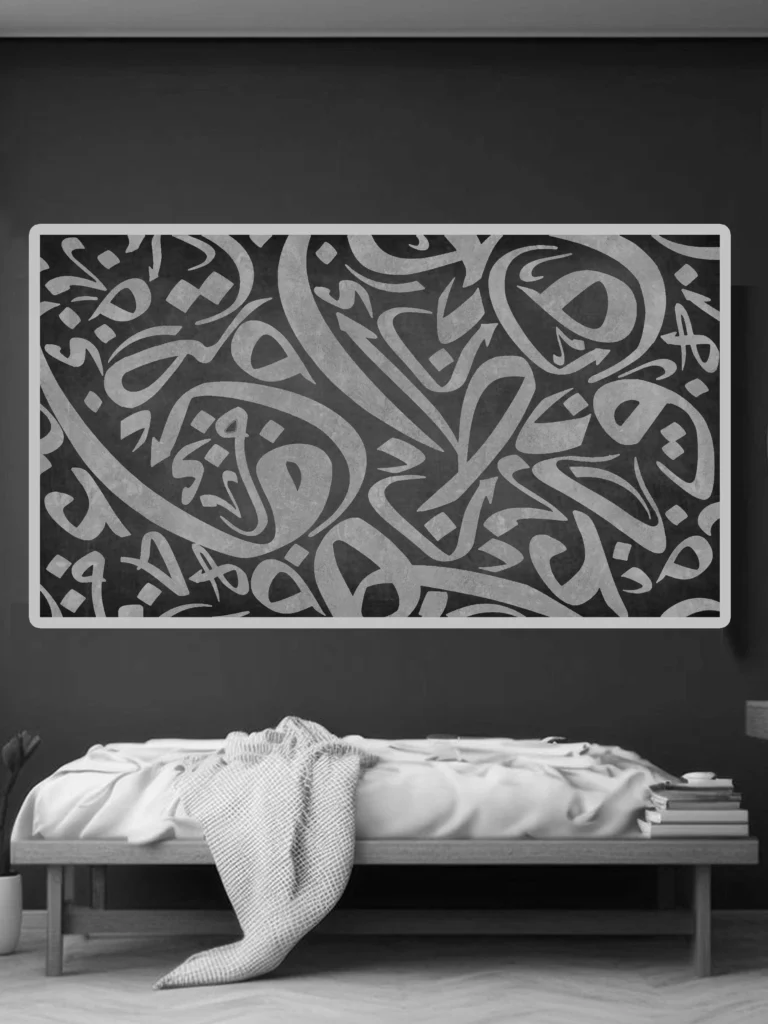
Contemporary Arabic Calligraphy Alphabet Letters Black and White
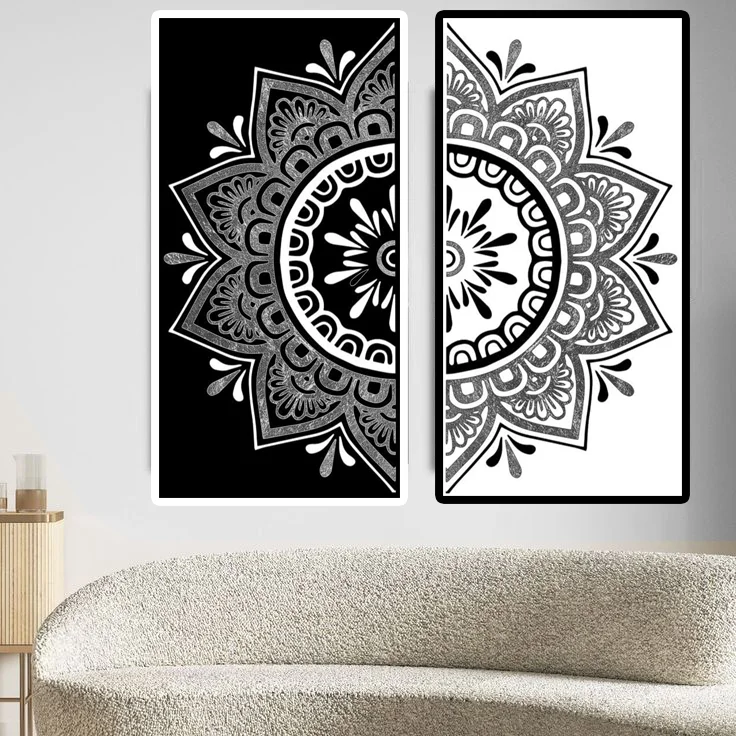
Black and White Mandala Pattern

Mandala Pattern 2 Panel
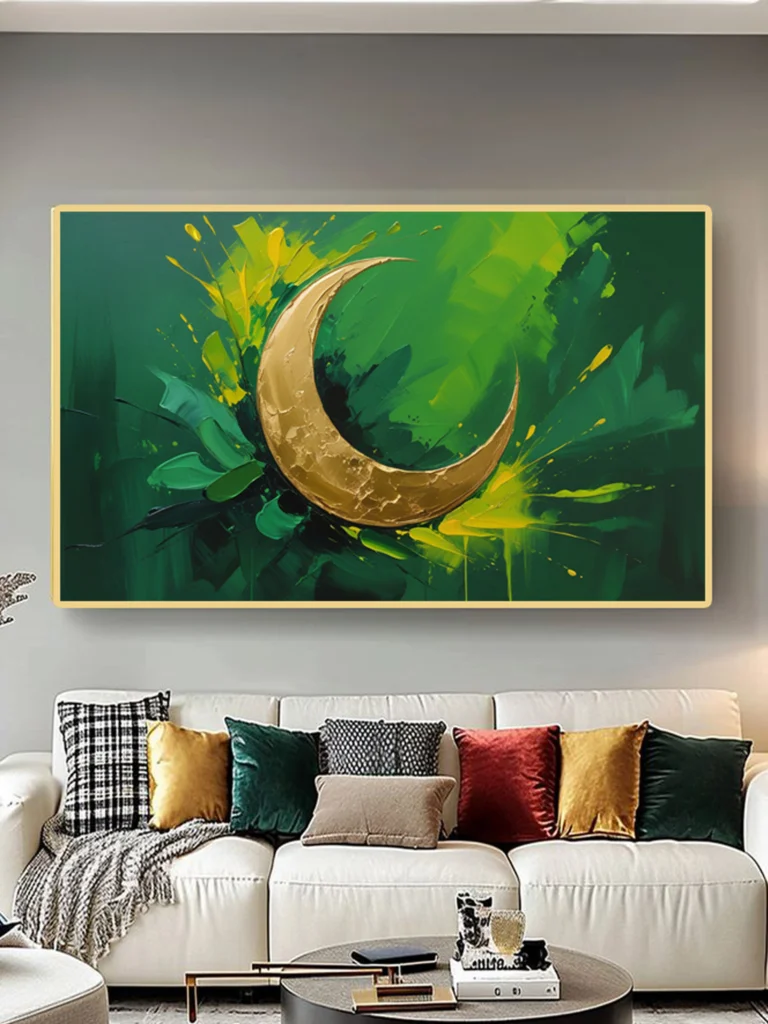
Golden Crescent Moon
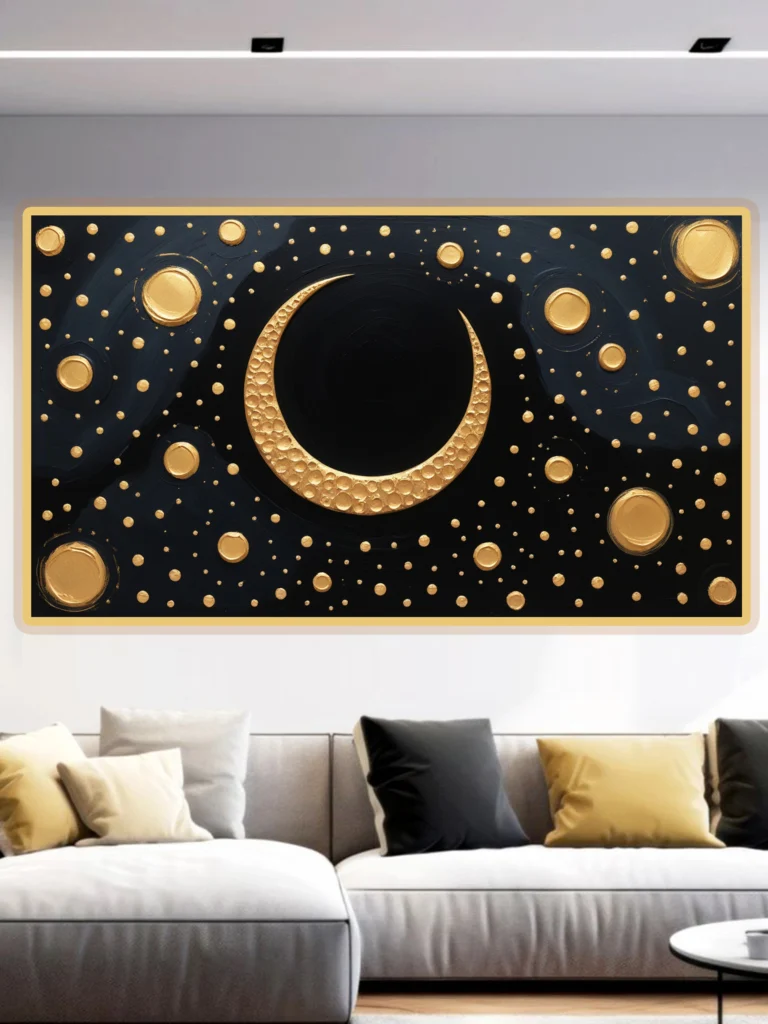
Crescent Moon

Palm Tree
Contemporary Arabic Calligraphy :
Introduction: Where Tradition Meets Innovation
Contemporary Arabic calligraphy represents an exciting evolution of one of the world’s most revered art forms. While rooted in centuries-old traditions, today’s calligraphers are pushing boundaries with bold new interpretations that speak to modern audiences. This artistic movement preserves the sacred essence of Arabic script while embracing contemporary aesthetics, materials, and technologies.
From minimalist home decor to cutting-edge digital installations, contemporary Arabic calligraphy is experiencing a global renaissance. This guide explores:
- The historical foundations of Contemporary Arabic Calligraphy
- Key characteristics of Contemporary Arabic Calligraphy styles
- Leading artists shaping the movement
- Modern applications in design and decor
- Where to experience and acquire these artworks
The Historical Roots of Contemporary Arabic Calligraphy
From Sacred Script to Artistic Expression
Contemporary Arabic Calligraphy’s journey began with:
- The revelation of the Quran in the 7th century
- Early development of formal scripts like Kufic
- Refinement under Islamic empires across centuries
Traditional Script Styles
Six classical forms laid the foundation:
- Kufic – Angular and geometric
- Naskh – Balanced and readable
- Thuluth – Elegant and decorative
- Diwani – Ornate and fluid
- Riqa – Cursive and compact
- Taliq – Persian-influenced
Defining Contemporary Arabic Calligraphy
Characteristics of Modern Styles
Today’s calligraphers are:
- Breaking traditional compositional rules
- Experimenting with abstract forms
- Incorporating mixed media
- Blending cultural influences
- Utilizing digital tools
Key Differences from Traditional Arabic Calligraphy
| Feature | Traditional | Contemporary Arabic Calligraphy |
| Rules | Strict proportions | Creative freedom |
| Materials | Ink and paper | Digital, metal, acrylic |
| Purpose | Religious preservation | Artistic expression |
| Composition | Structured layouts | Experimental arrangements |
Leading Contemporary Arabic Calligraphy
Pioneers of the Movement
- Hassan Massoudy (Iraq/France) – Master of gestural calligraphy
- El Seed (Tunisia) – Creator of “calligraffiti”
- Lassaad Metoui (Tunisia) – Innovator in abstract forms
Rising Stars
- Soraya Syed (UK) – Digital and installation art
- Nihad Dukhan (Palestine/US) – Geometric abstraction
- Wissam Shawkat (Iraq) – Modern interpretations of classical styles
Modern Applications & Trends
Interior Design Revolution
Contemporary Arabic Calligraphy enhances spaces through:
- Large-scale canvas artworks
- Laser-cut metal wall pieces
- Backlit acrylic installations
- Textured mixed-media compositions
Commercial & Public Art
- Corporate logos and branding
- Architectural facades
- Museum installations
- Urban street art projects
Digital & Technological Integration
- Motion graphics and animation
- Augmented reality experiences
- NFT calligraphy collections
- Interactive digital displays
Where to Experience Contemporary Arabic Calligraphy
Global Exhibitions & Events
- Art Dubai – Annual showcase of modern Islamic art and Contemporary Arabic Calligraphy
- Jeddah Islamic Arts Biennale – Cutting-edge exhibitions
- London’s Islamic Art Now – Contemporary interpretations
Museums & Galleries
- Islamic Arts Museum Malaysia
- Sharjah Calligraphy Museum
- Louvre Abu Dhabi
Online Platforms
- Saatchi Art – Original Contemporary Arabic Calligraphy pieces
- Etsy – Affordable prints and decor
- Artsy – High-end collector works
Collecting Contemporary Arabic Calligraphy
Buying Guide
- Determine your preferred style
- Research artists’ backgrounds
- Consider materials and longevity
- Verify authenticity for major purchases
Investment Potential
- Growing global interest
- Limited edition pieces
- Emerging artist opportunities
Learning Contemporary Arabic Calligraphy Techniques
Educational Resources
- Online courses (Domestika, Skillshare)
- YouTube tutorials
- Local workshops
Essential Tools for Beginners
- Traditional: Reed pens, inks, special paper
- Digital: Graphic tablets, design software
- Mixed media: Acrylics, wood, metal
The Future of Contemporary Arabic Calligraphy
Emerging Trends
- Holographic installations
- Sustainable material innovations
- AI-assisted creations
- Cross-cultural collaborations
Preserving Tradition While Innovating
- Maintaining respect for sacred texts
- Documenting classical techniques
- Encouraging academic study
Conclusion: A Living Art Form for Our Time
Contemporary Arabic calligraphy represents both continuity and revolution – honoring its rich heritage while fearlessly exploring new creative frontiers. As this art form continues to evolve, it offers exciting opportunities for collectors, designers, and art enthusiasts worldwide to engage with Islamic cultural heritage in fresh, meaningful ways.
Whether you’re looking to decorate your home, invest in art, or simply appreciate this beautiful tradition, contemporary Arabic calligraphy invites you to experience the written word as never before.
Summary : Contemporary Arabic Calligraphy: The Modern Revival of a Timeless Art
The Historical Roots of Contemporary Arabic Calligraphy
Defining Contemporary Arabic Calligraphy
Key Differences from Traditional Arabic Calligraphy
Leading Contemporary Arabic Calligraphy
Pioneers of the Movement
Rising Stars
Modern Applications & Trends
Interior Design Revolution
Contemporary calligraphy enhances spaces through:

